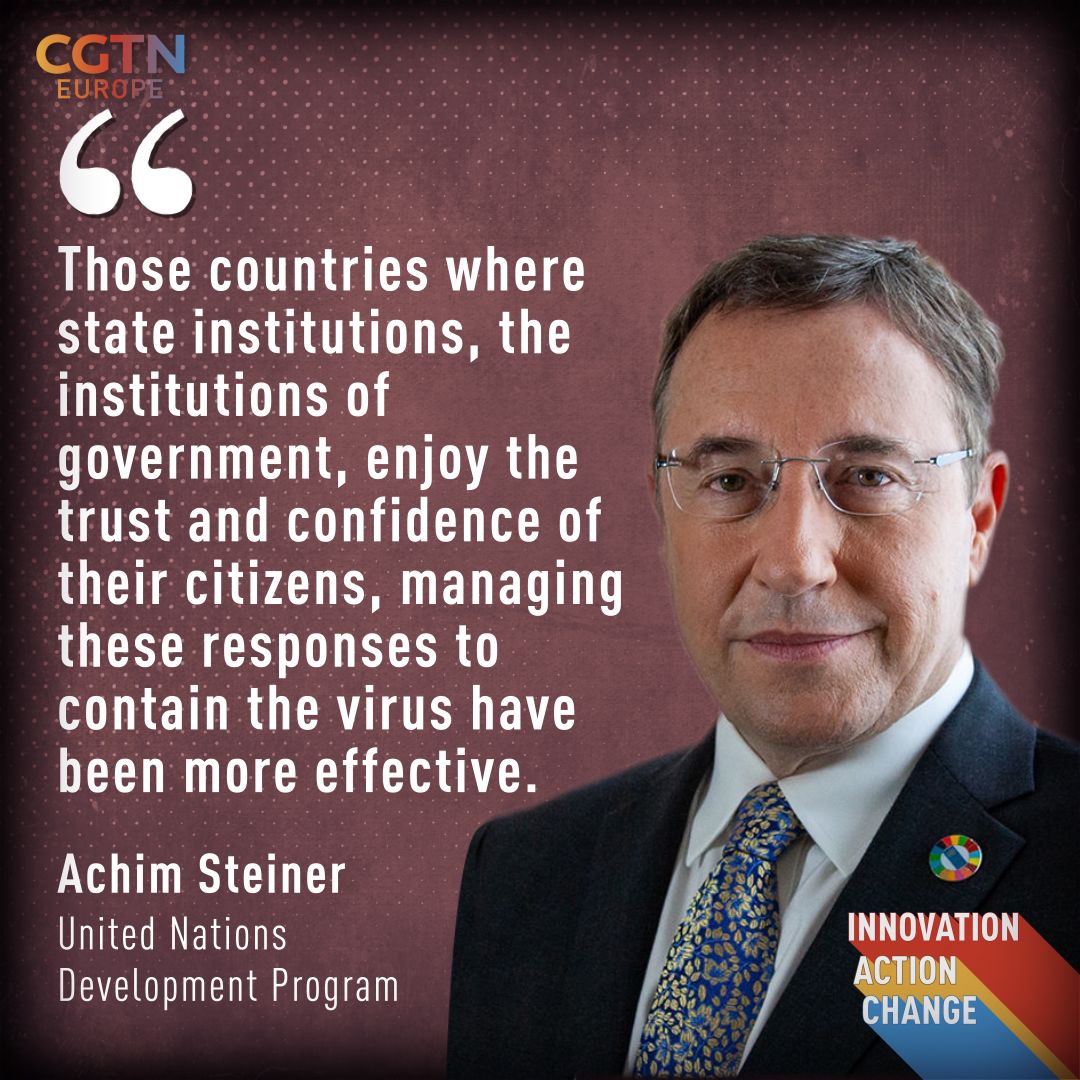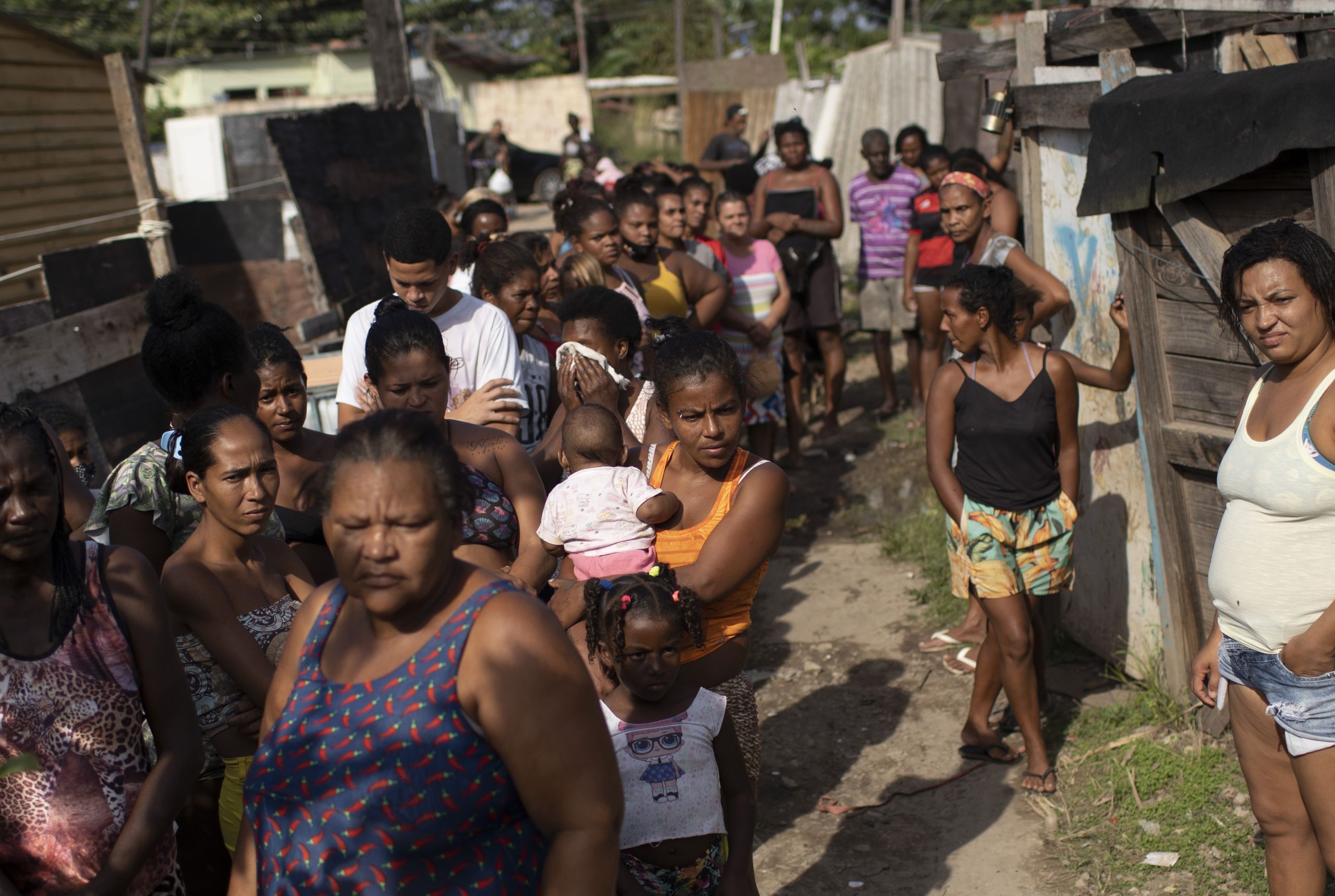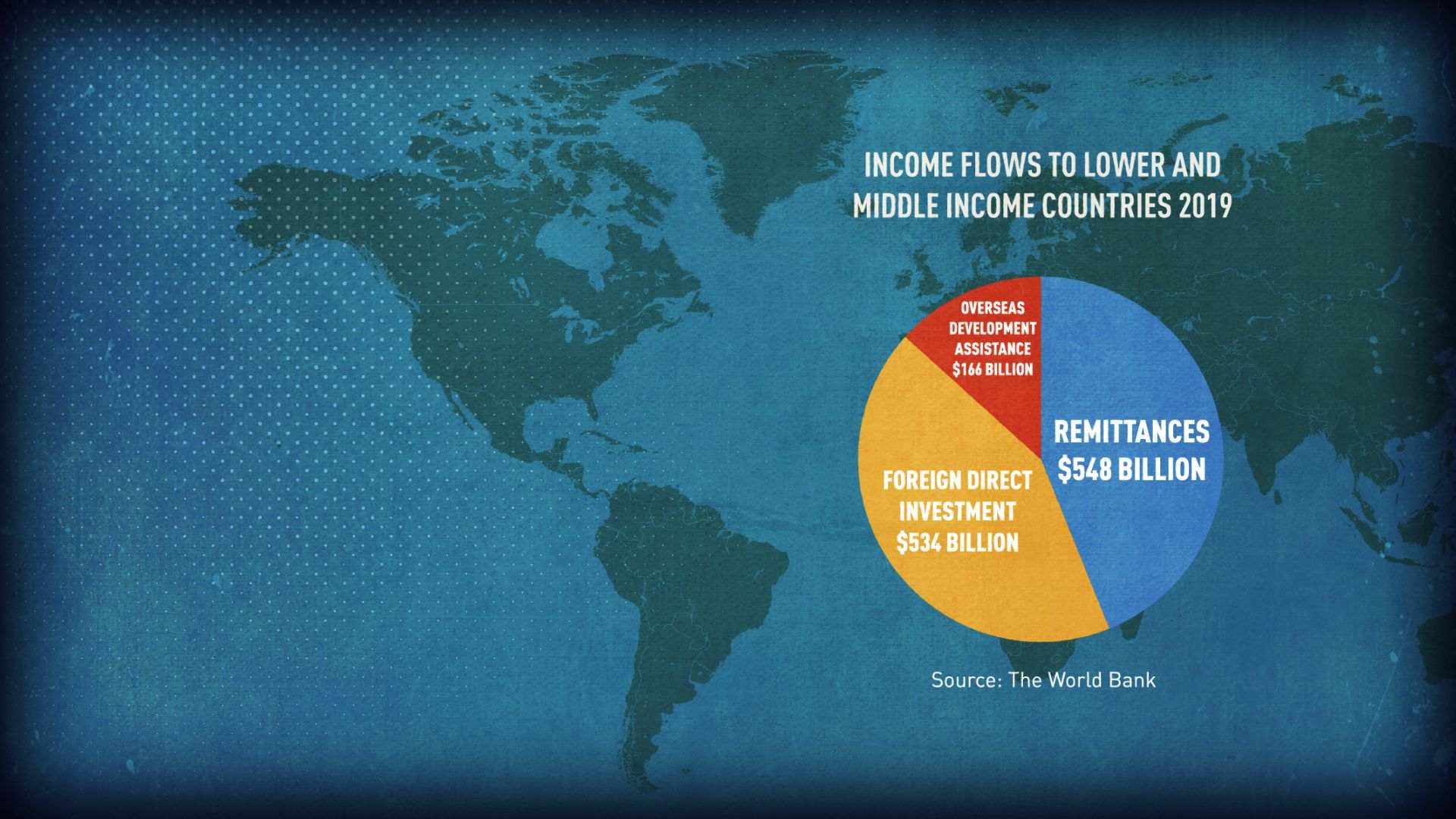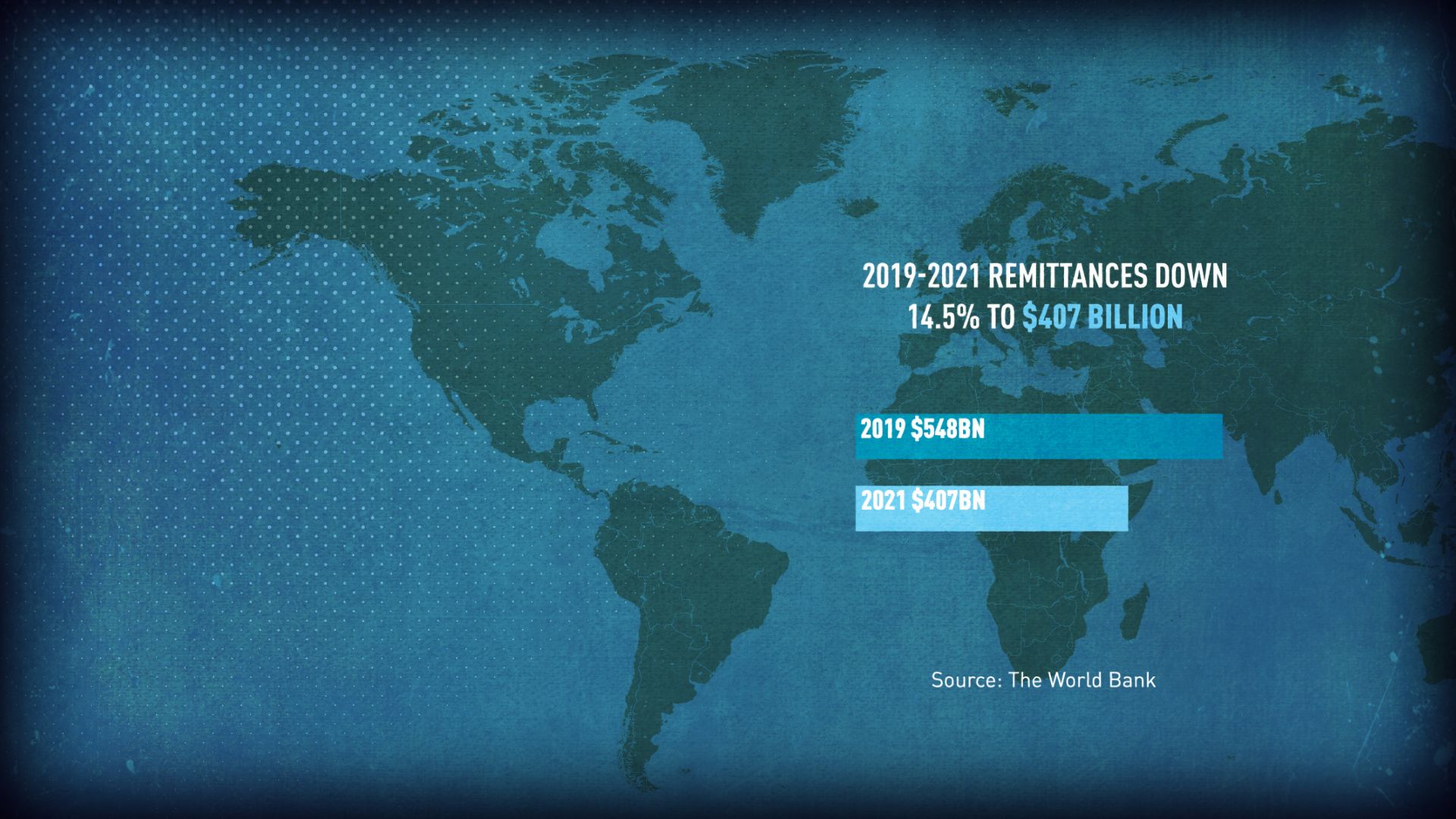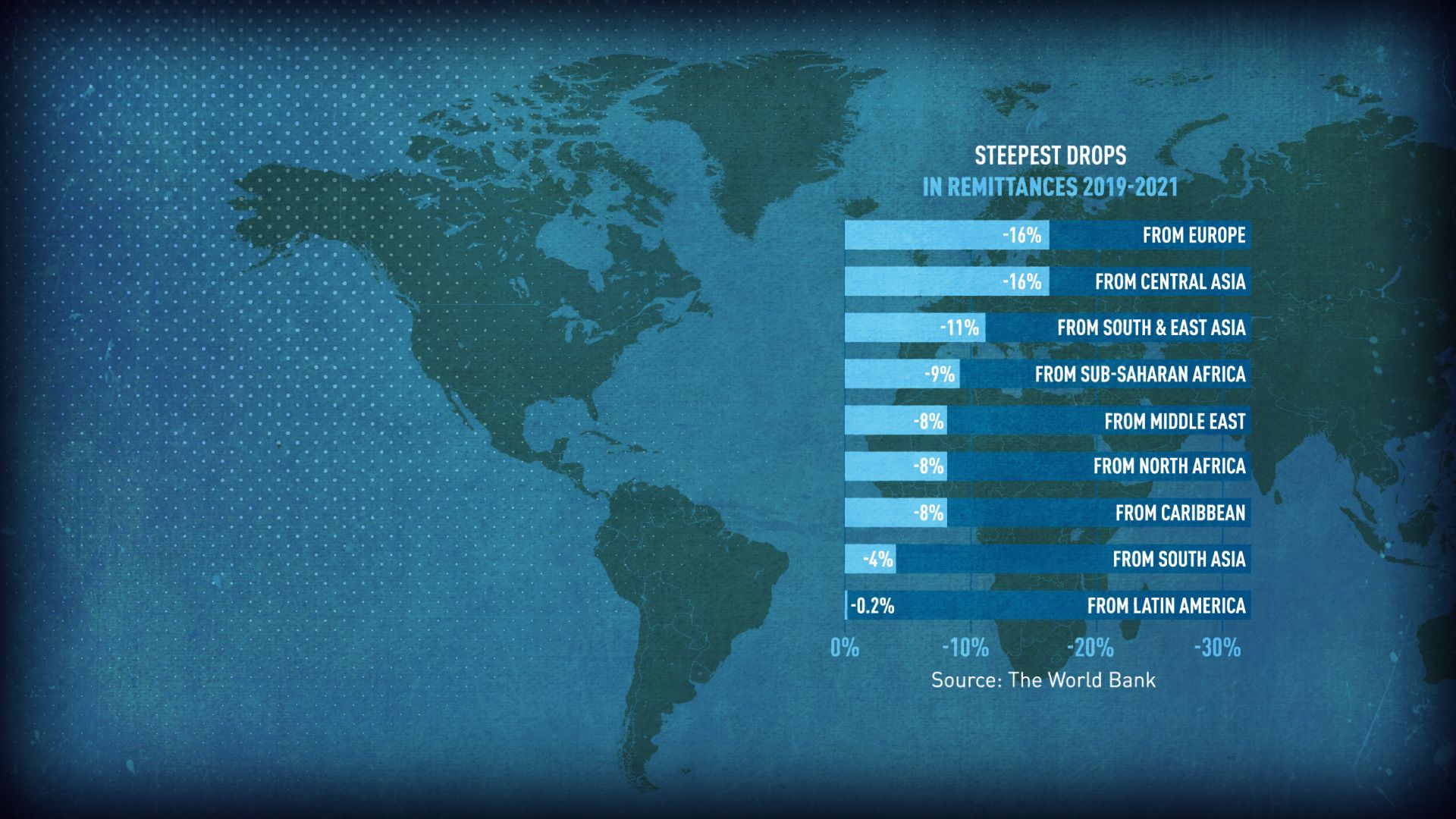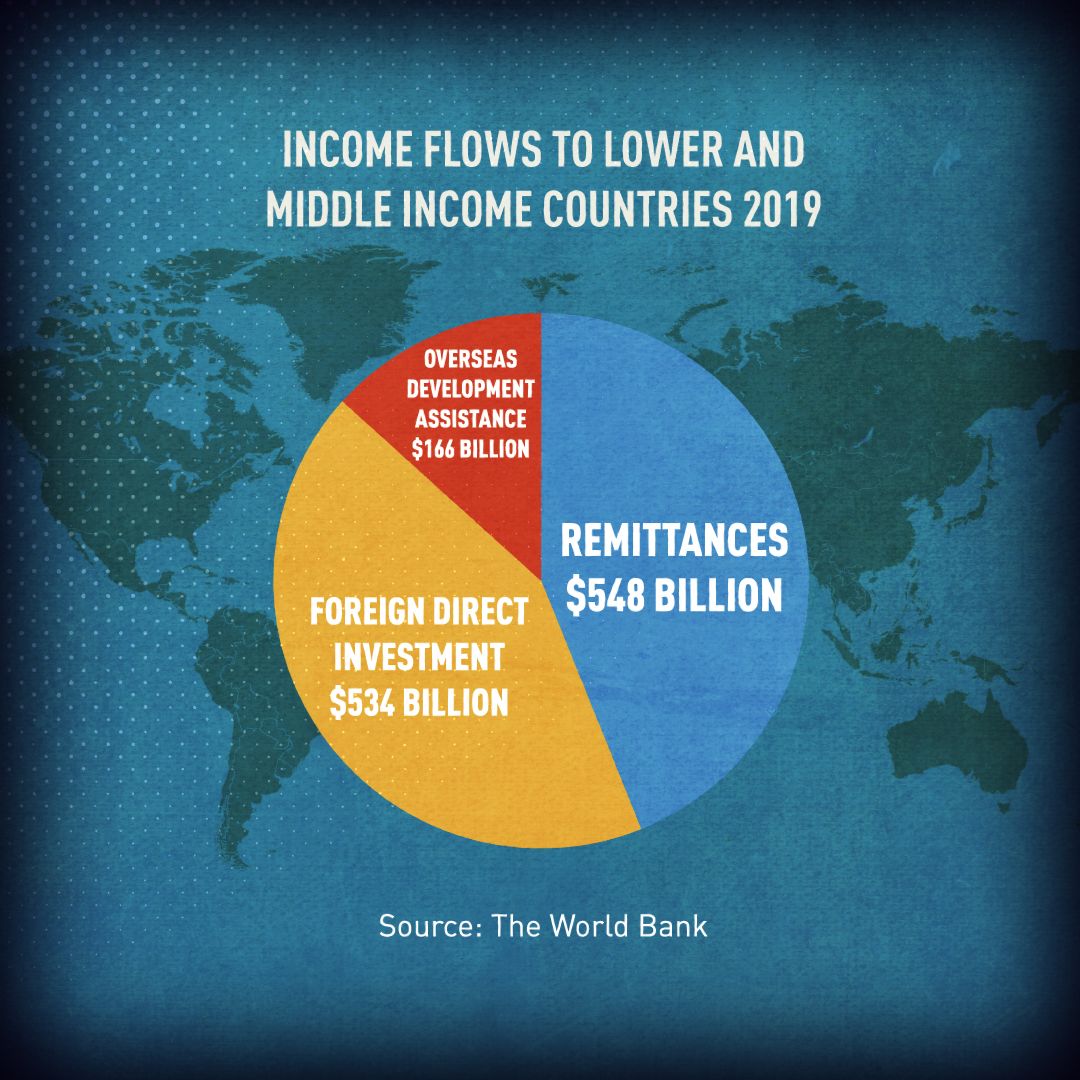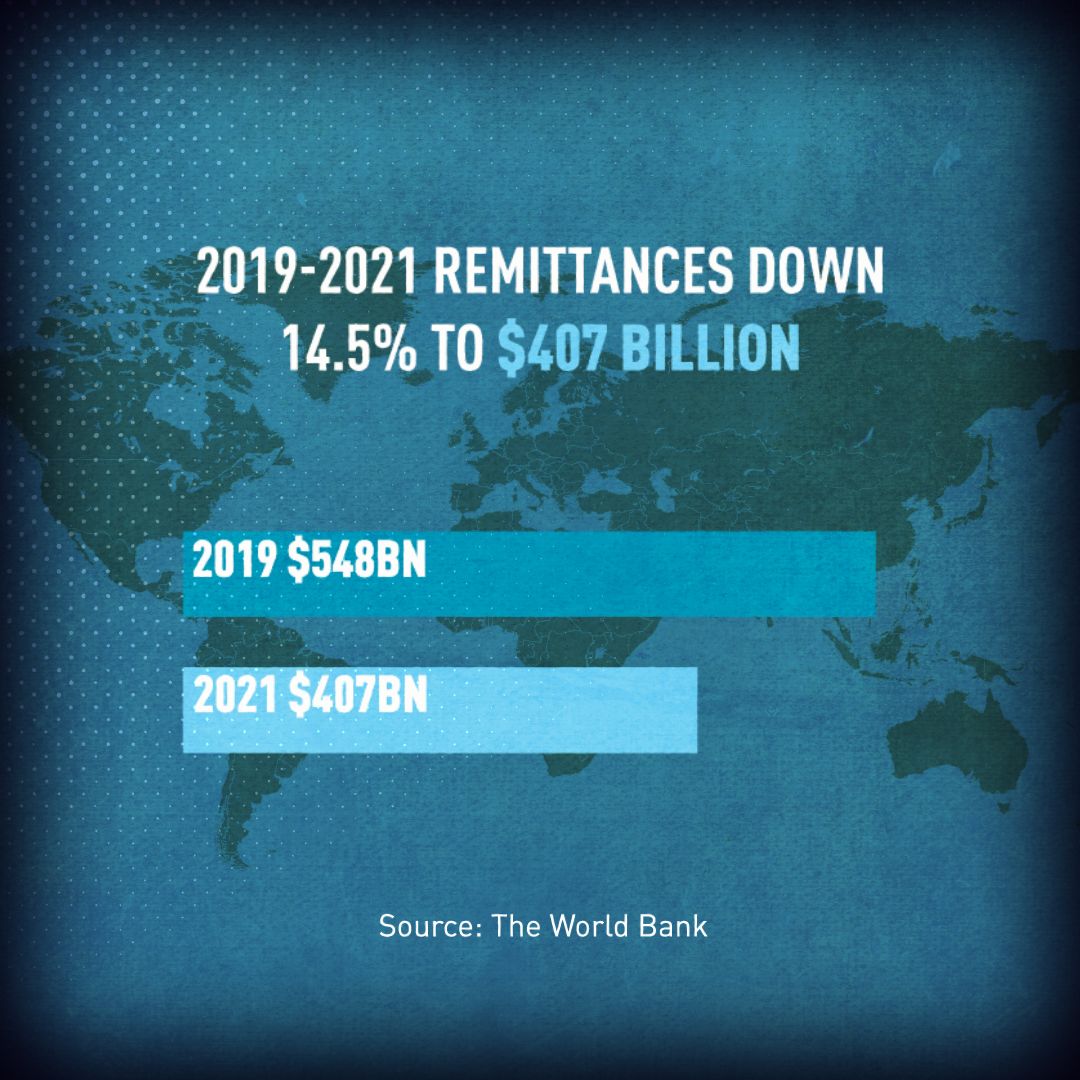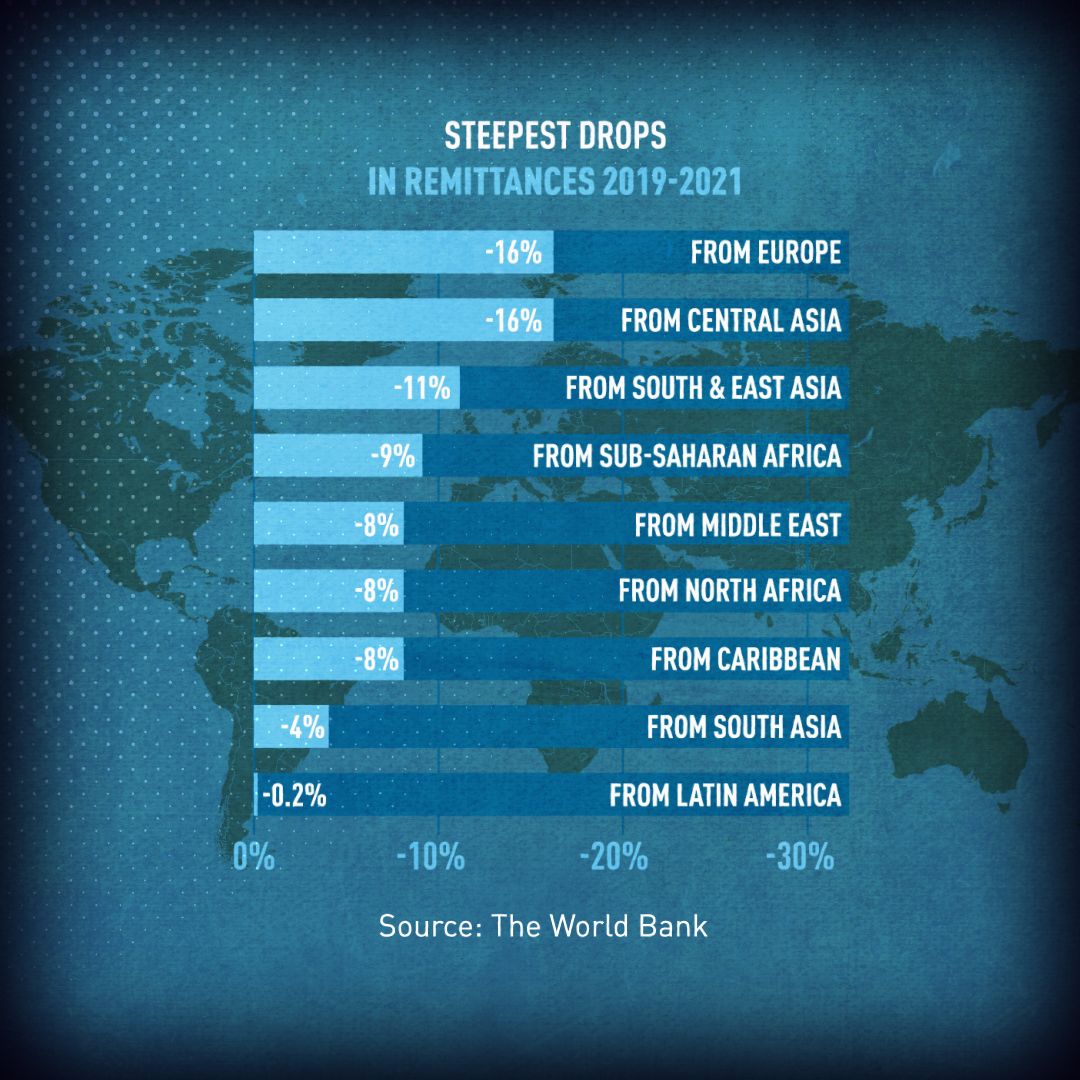Change:
Can we eradicate extreme poverty?
What is poverty? What causes it? And why can't we get rid of it?
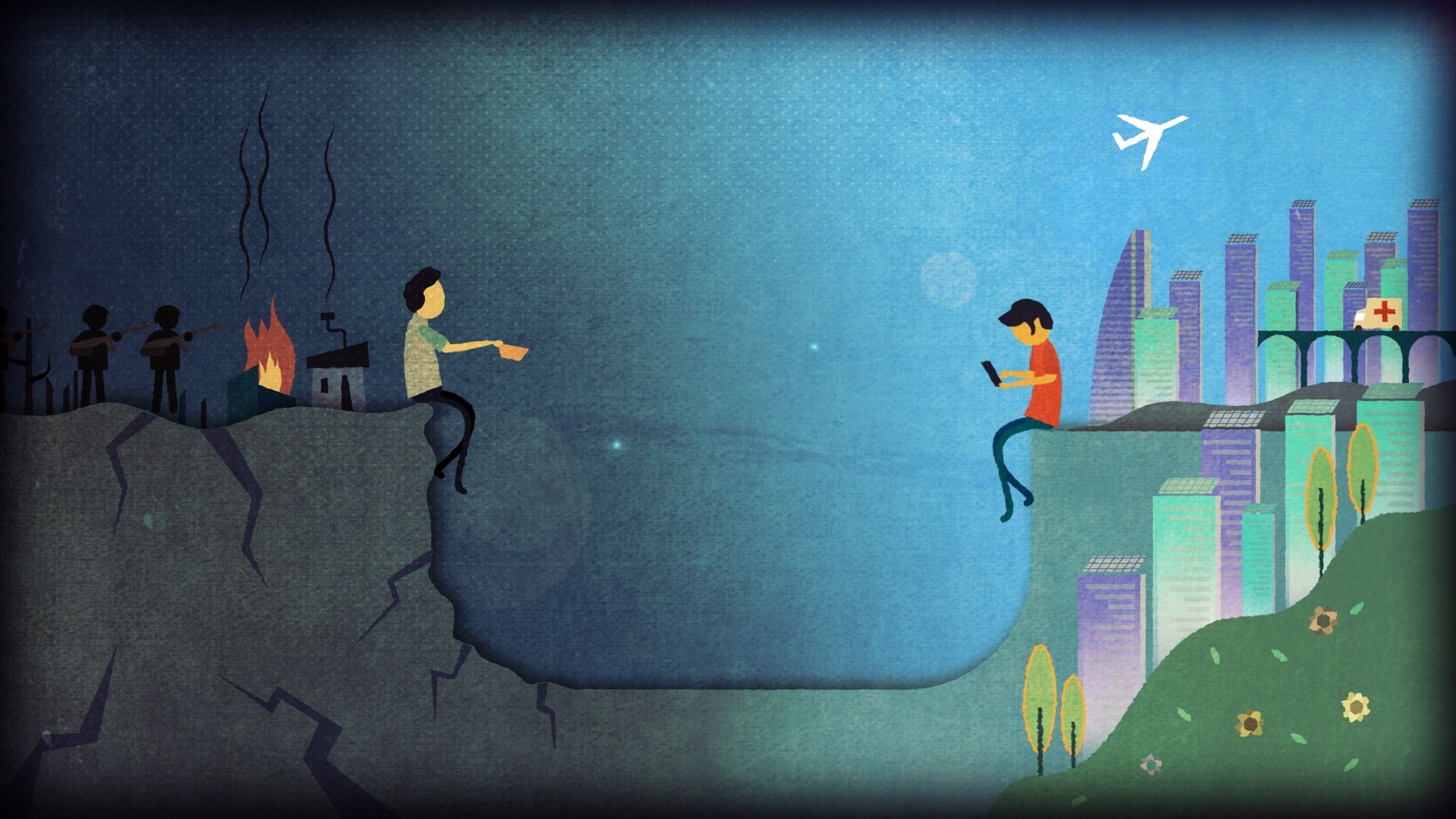
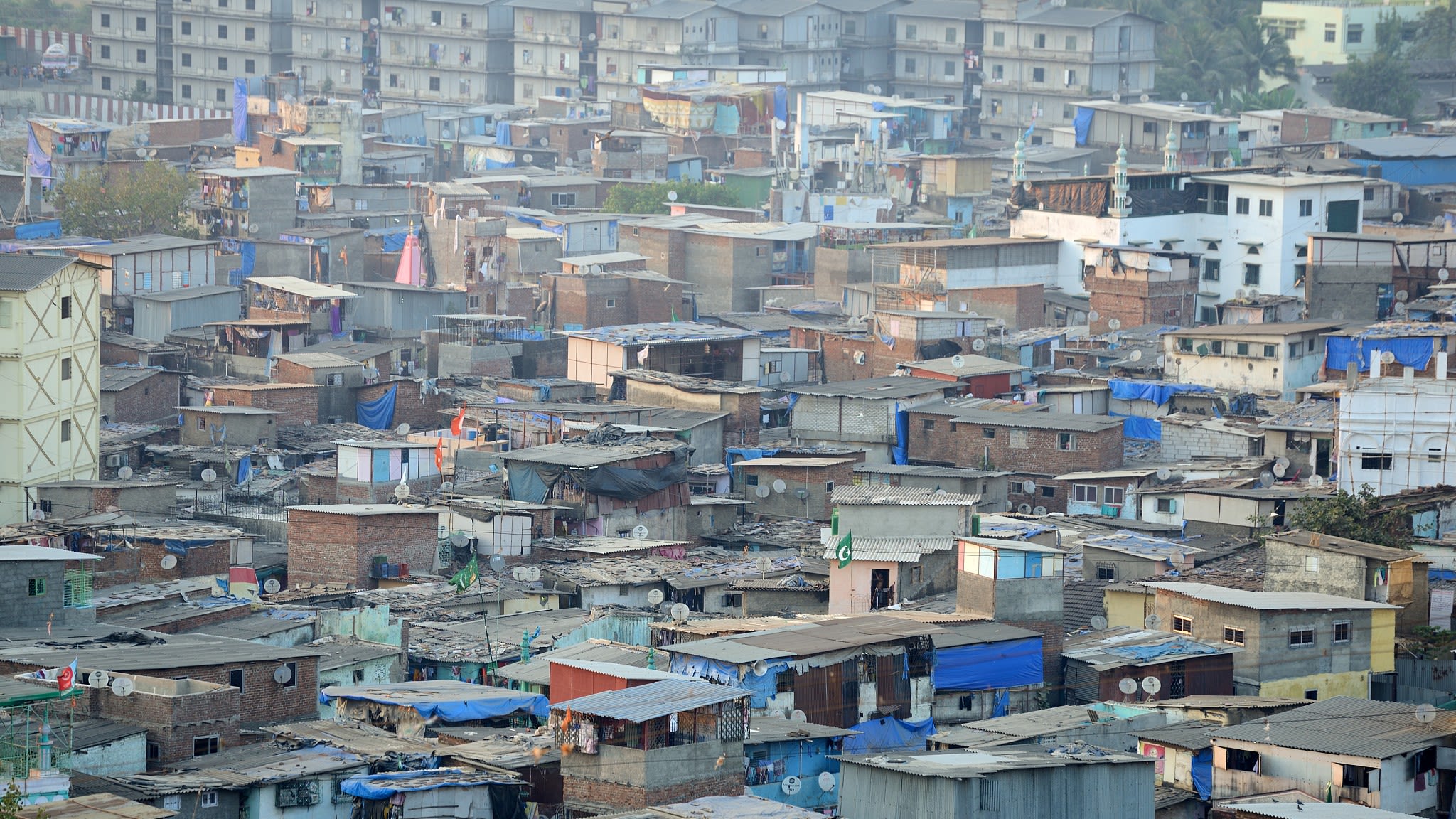
Mumbai is said by some to be the world's slum capital. /Soltan Frédéric/VCG
Mumbai is said by some to be the world's slum capital. /Soltan Frédéric/VCG
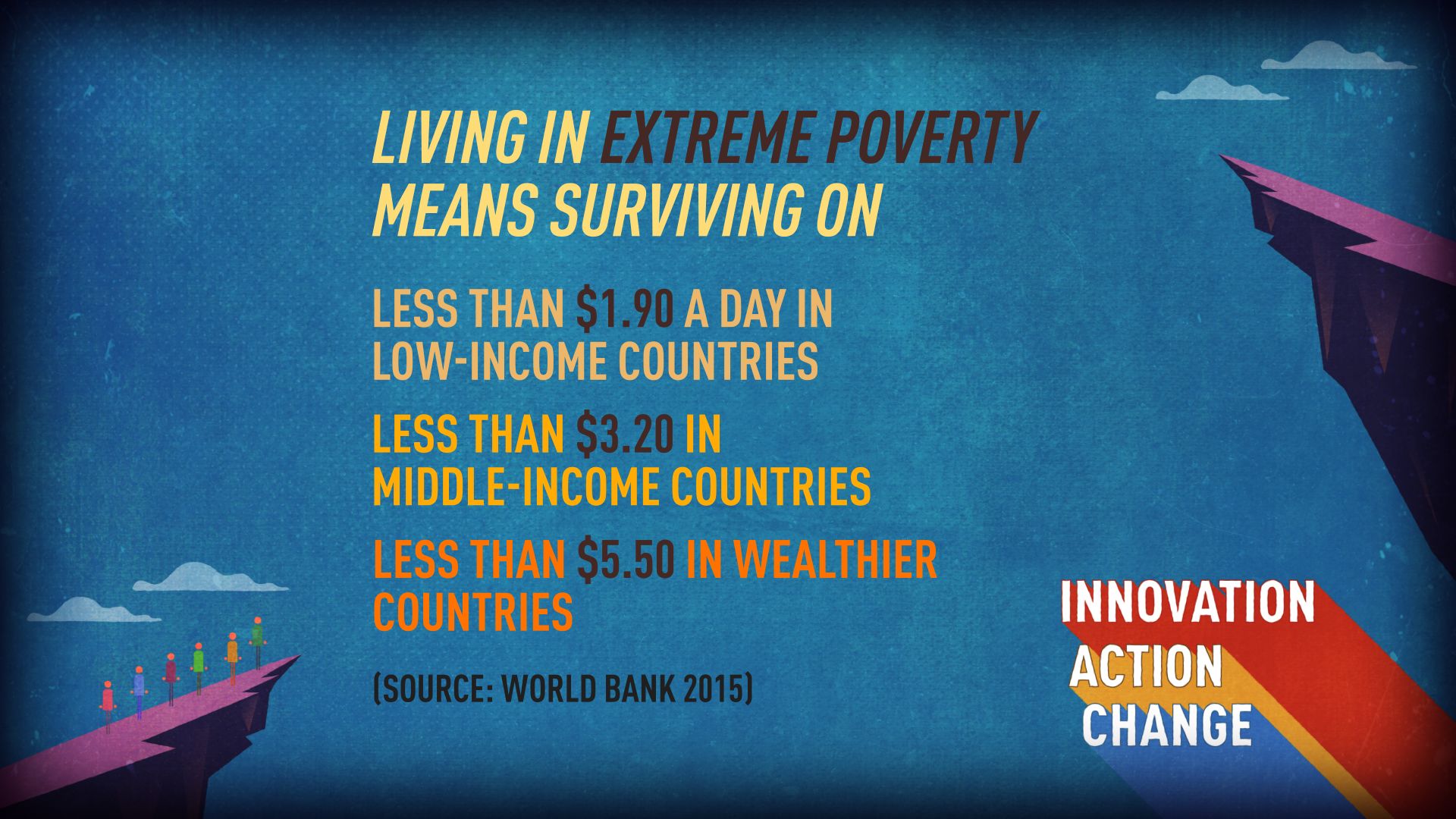
The World Bank has defined poverty by income. /James Sandifer/CGTN
The World Bank has defined poverty by income. /James Sandifer/CGTN
"Extreme poverty anywhere is a threat to human security everywhere."
There are many riches in the world – but there is also much poverty. And although the overall percentage of people in poverty has been falling, there are still too many people without enough resources.
In this feature, CGTN investigates extreme poverty – its definitions, its causes, its effects and its ramifications.
But there are also solutions, if we as a species are willing to embrace them – and we'll have a look at one case study of a place brought out of extreme poverty into moderate prosperity.
What does poverty mean?
According to the World Bank, living below the extreme poverty line means surviving on less than $1.90 a day. But poverty means much more than a lack of income and resources. It includes hunger and malnutrition; it means limited access to water, sanitation, education, health, technology and other basic services. Breaking the cycle involves jobs, sustainable enterprises and economic transformation.
Defeating poverty is the United Nations' top priority, and since 1990, it has made huge strides around the world. The number of people living in extreme poverty fell from 36 percent – more than a third of the world's population – in 1990 to 10 percent in 2015, with women disproportionately affected.
But global progress has suffered a setback. The World Bank in 2021 said that many people who'd barely escaped extreme poverty will soon be plunged back into it. It's now estimated the pandemic put up to 124 million people into poverty in 2020, and by the end of 2021, that figure is expected to rise to as much as 163 million, with the impact likely to be felt for years to come.
Not that the pandemic health crisis is the only contributor. The fallout from the pandemic has compounded the impact of conflict and climate change, two key factors which were already slowing progress.
Climate change is expected to drive up to 130 million people into poverty by 2030 – and the biggest threat is in sub-Saharan Africa and South Asia, where most of the poor live. The World Bank warns that without swift and significant action, ending poverty by 2030 simply won't be attainable.
On 2002's International Day for the Eradication of Poverty, the then secretary-general of the UN, Kofi Annan, said "Let us recognize that extreme poverty anywhere is a threat to human security everywhere. Let us recall that poverty is a denial of human rights.
"For the first time in history, in this age of unprecedented wealth and technical prowess, we have the power to save humanity from this shameful scourge. Let us summon the will to do it."
Two decades on, the world's poorest are still awaiting the full force of that will, but the news is not all bleak. During the quarter-century between 1990 and 2015, the world made remarkable progress; reducing the ratio of people in extreme poverty, from one in three to one in 10, meant that more than a billion fewer people were living in extreme poverty than in 1990.
This progress has benefited from globalization and trade leading to strong global growth and the rising wealth of many developing countries, particularly in the world's most populous regions of South and East Asia. It is this particular progress that provides hope of reaching the UN target: less than 3 percent of the world's population by 2030.
Why can't countries eradicate poverty?
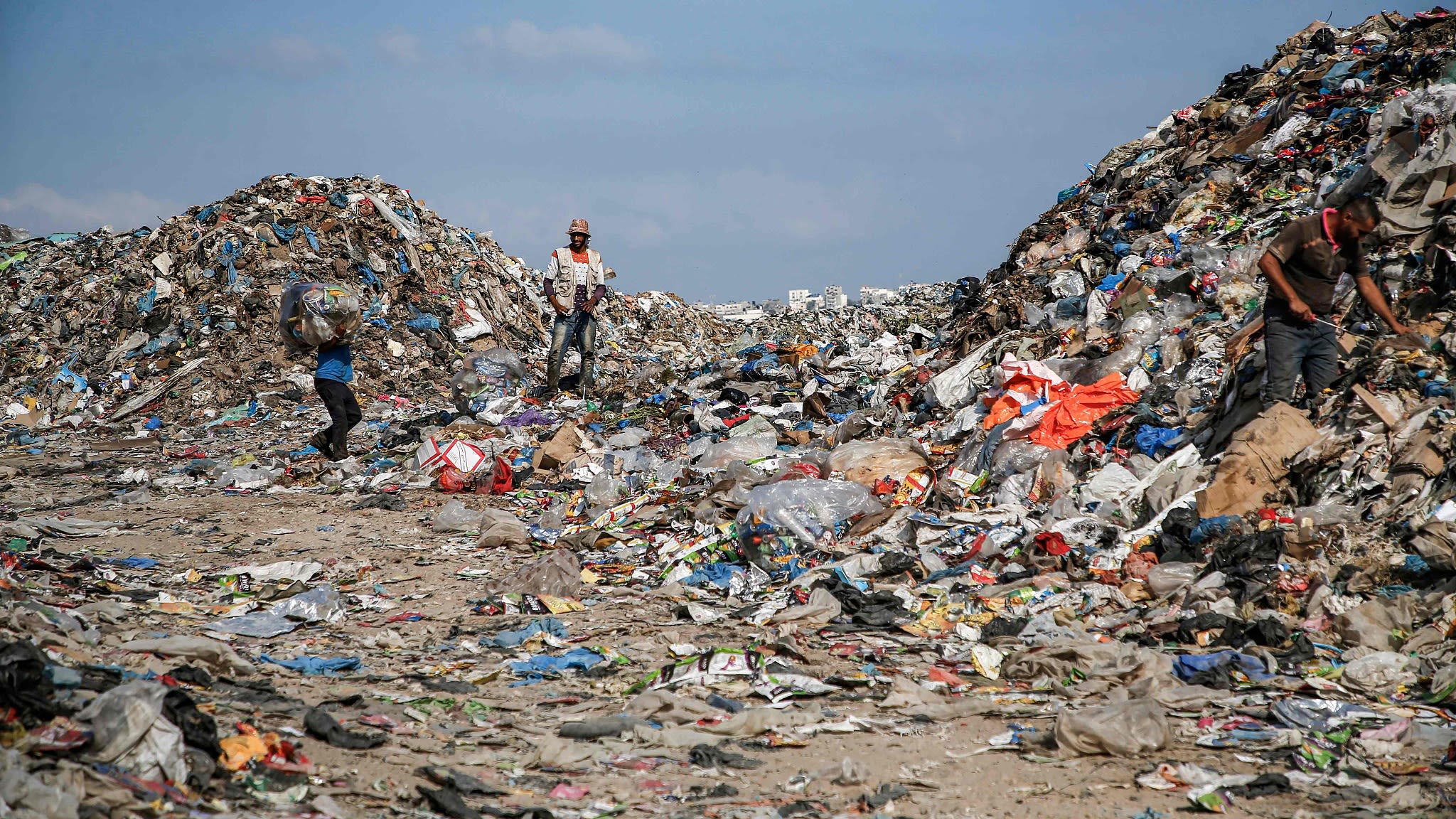
As president of Hunger Relief International, Rachel Zelon has spent decades on the frontline of poverty eradication. It's been a frustrating task.
"Very often over the years, I've really felt like I've been working, myself and my entire team, with one arm behind our backs without the ammunition that we really need to eradicate and defeat poverty," she explains.
"While we have the support and the buy-in of people on the ground – of communities, community leaders, other organizations, community-based organizations, municipalities, everybody really wants to move forward. But yet, without complete buy-in from the very, very top levels of government, it's absolutely impossible for us to really make significant progress in eradicating poverty."
Zelon has seen great strides in the eradication of poverty in some countries over the last two decades and one thing has become obvious to her.
"When it came to the Millennium Development Goals, some of the countries that were most successful in eradicating hunger... there was tremendous investment in the agricultural sector within those countries," she recalls. "Countries like China and Vietnam really advanced tremendously. Why? Because they had buy-in at the very, very highest levels of government."
This has not been the case for many developing countries that she has worked in.
"If we don't have certain infrastructure in place, if there are no educational facilities, if there are no healthcare facilities, if there are not good public works and roads and access to electricity, and in today's world, access to technology, people are incredibly limited in how they can advance."
What causes extreme poverty?
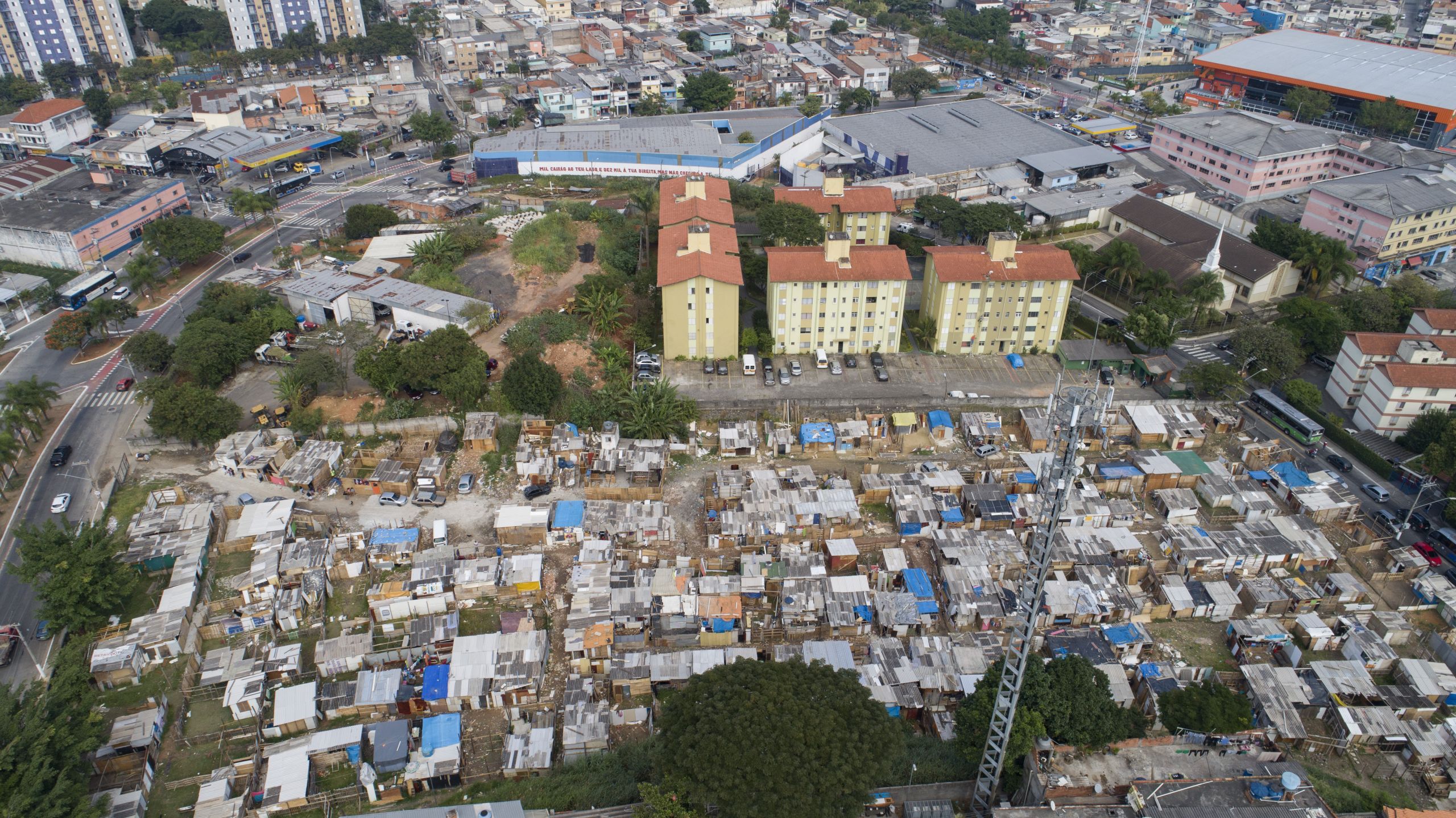
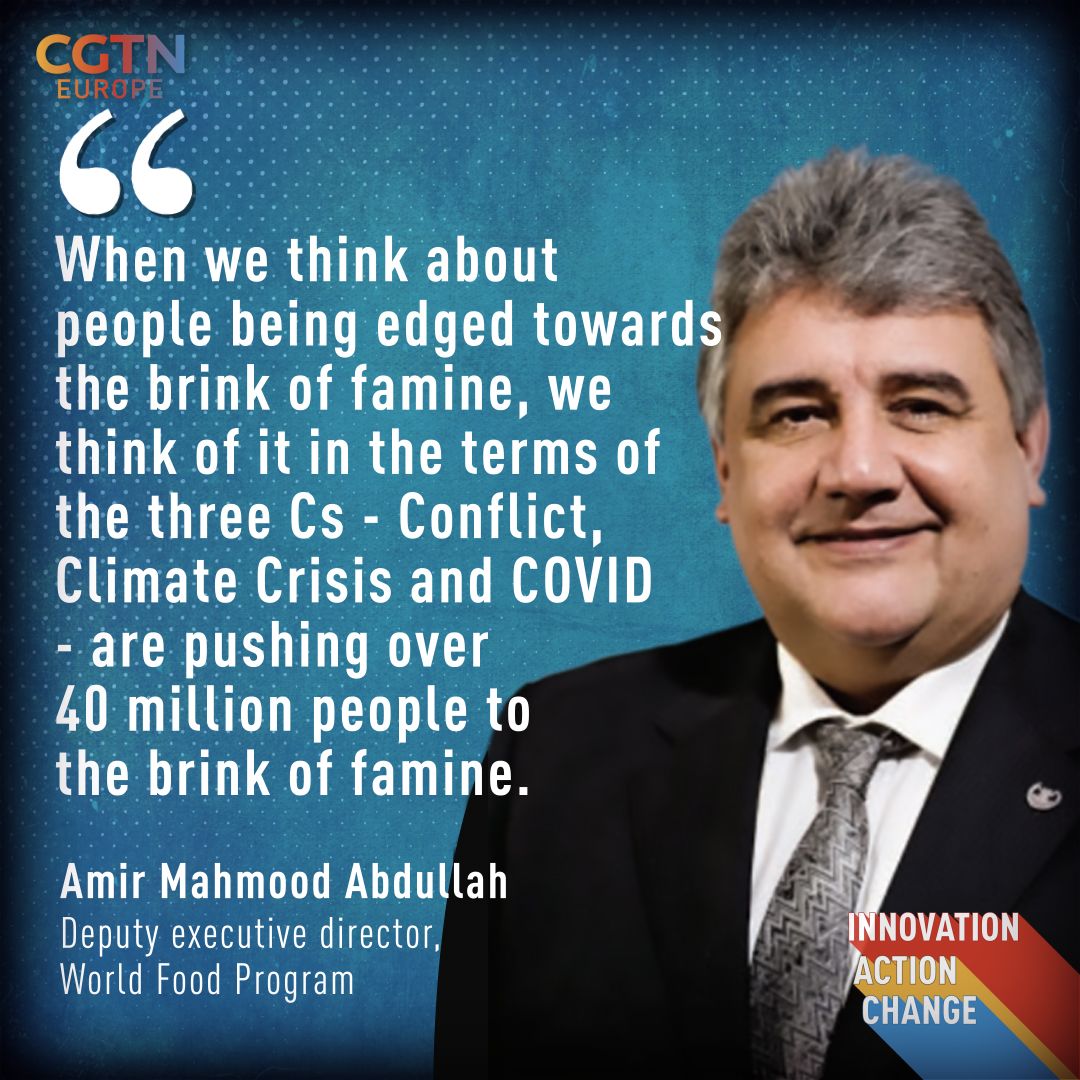
"Hunger is, in principle, probably one of the world's most solvable problems. It's one of the world's largest problems, but it's the most solvable."
The World Food Program is warning that almost a third of the world's population is now going hungry and in 2021 more than 40 million people are at imminent risk of famine. After 60 years of government programs, international aid and global development, why does extreme poverty and starvation still exist?
CGTN Europe put this question to World Food Program deputy executive director Amir Mahmood Abdullah. He was very clear on what he sees as the main drivers of extreme poverty across the globe in 2021.
When those who work for the World Food Program see people being edged towards the brink of famine, these people are almost always at the mercy of one or more of the three drivers of extreme poverty.
"We think of it in the terms of the three Cs," he explains. "Conflict, climate crisis and COVID-19 are really pushing people into serious poverty, affecting their livelihoods, putting their lives at risk."
The cost of food staples has gone up exponentially in the past few years. In May 2021, the UN Food and Agriculture Organisation's price index hit its highest level since 2011. Soy is up 56 percent in 12 months and corn is up 68 percent, forcing millions more into poverty.
Although the COVID-19 pandemic has been a factor, this isn't just a sudden spike – it's a rising trend, caused by a number of factors.
1. Conflict
The number of conflicts around the world has more than doubled in the last 25 years. According to Save the Children, globally, 426 million children – that's nearly one in five – live in conflict zones today.
Conflict not only damages critical infrastructure and investor confidence but diverts government finances from productive investments in social capital to military budgets in a fight for survival.
To alleviate poverty, citizens need stability, employment, shelter and access to healthcare. As individuals are forced to flee from their homes and reside in densely populated refugee camps, diseases such as cholera, HIV/AIDS and malaria thrive.
Conflict makes it very difficult for countries to develop functionally and cripples the economy as businesses fail and foreign investment leaves. This makes further conflict and civil war almost inevitable. Creating stability is crucial for economies to develop and governments to eradicate extreme poverty.
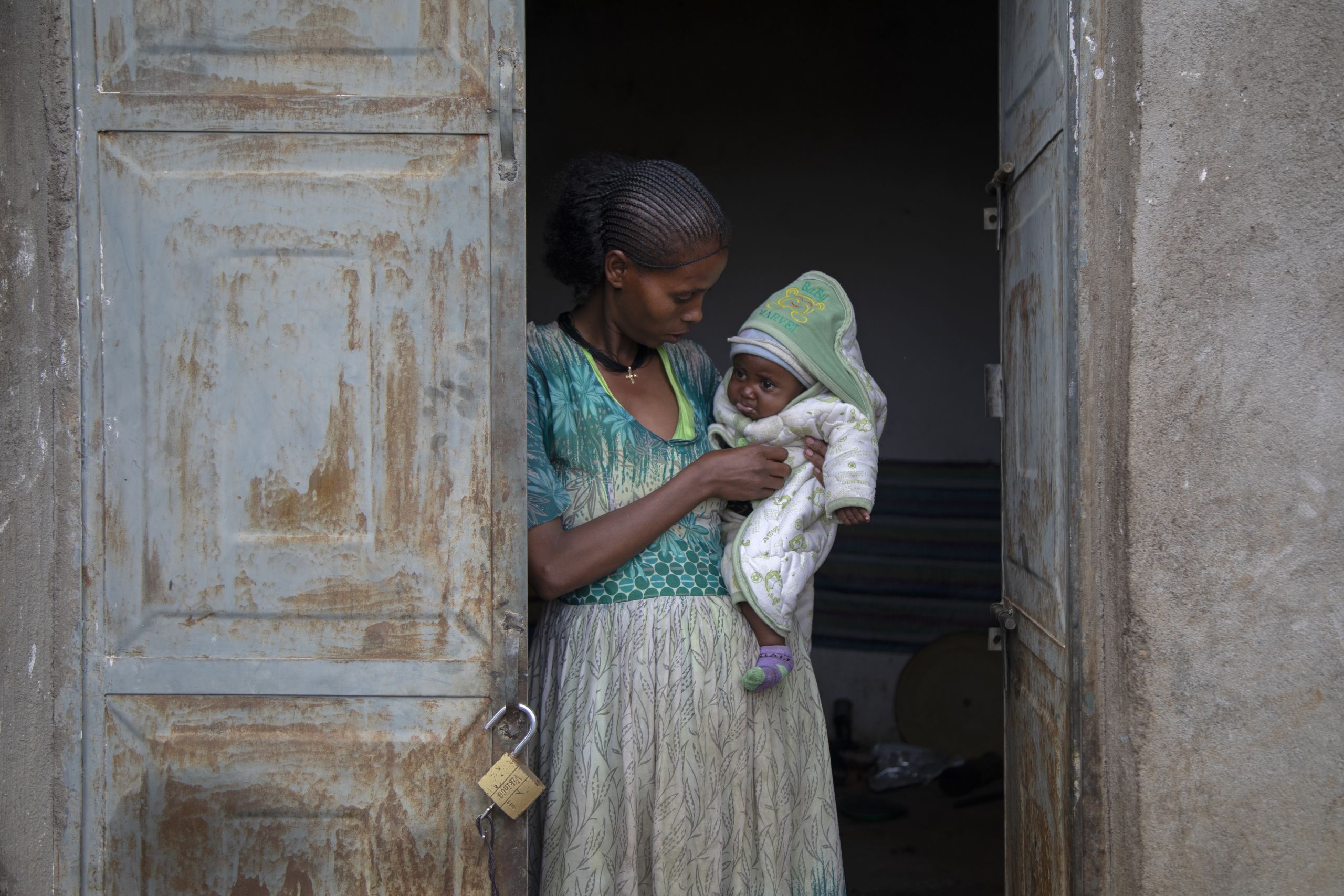
A severely acutely malnourished mother who fled fighting in Ethiopia nurses her acutely malnourished daughter. /Christine Nesbitt/UNICEF
A severely acutely malnourished mother who fled fighting in Ethiopia nurses her acutely malnourished daughter. /Christine Nesbitt/UNICEF
The UN's refugee agency says the following 10 countries are the planet's worst conflict zones
It's no coincidence that almost all of them suffer high poverty rates, according to the World Bank
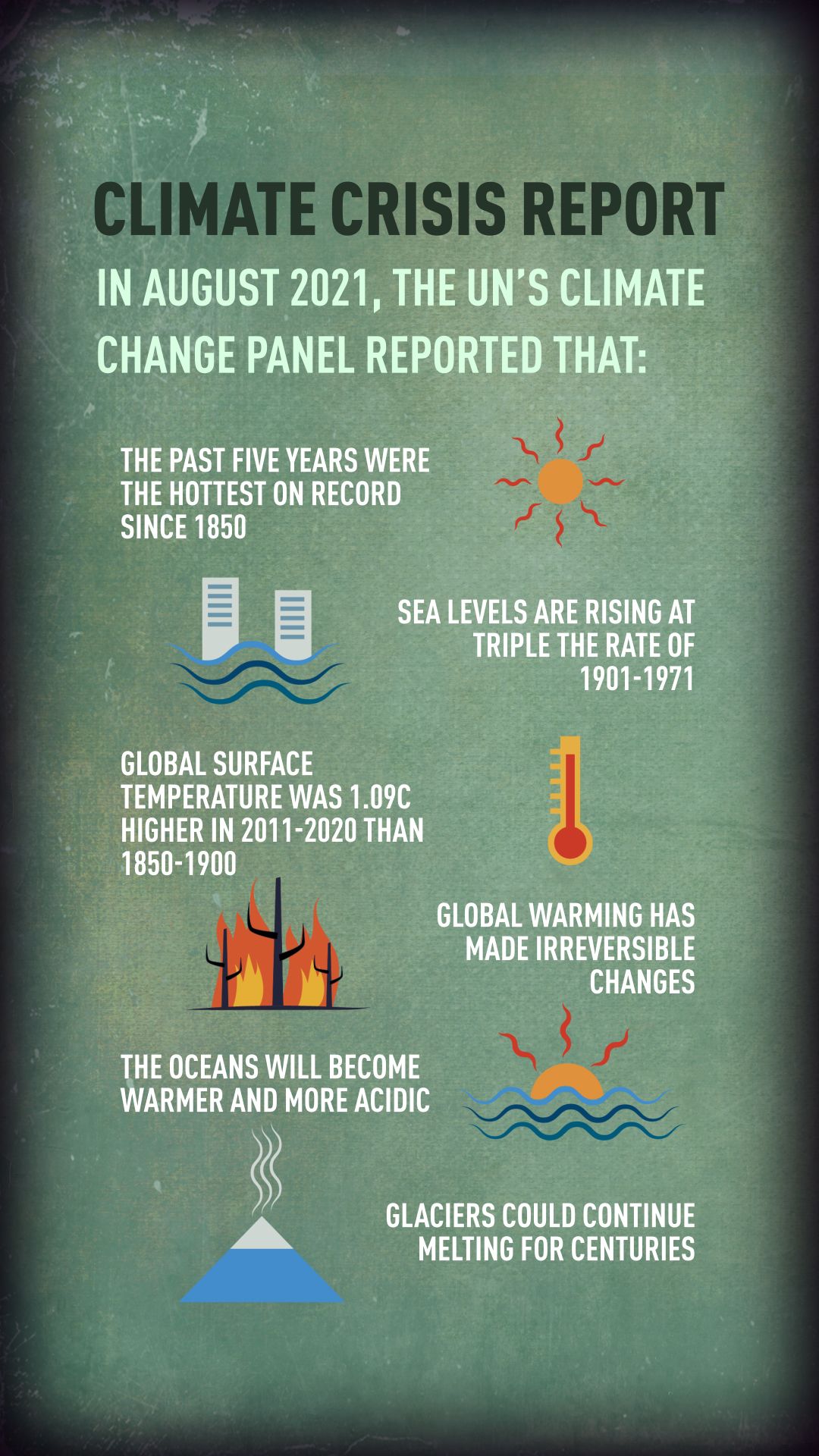
2. Climate
Words can be important. In the 1950s, scientists began to warn of "global warming," but the phrase was often misunderstood: many thought it simply meant sunnier summers and less severe winters.
From the 1980s, the alternative phrase "climate change" gained popularity, yet still we headed towards ecological disaster – and over the last 15 years or so, the more neurologically affecting phrase "climate crisis" has been increasingly used.
Now, it's often called "climate chaos" – but however you define it, it is beginning to manifest itself as more intense heat waves, wildfires, frequent extreme rainfall and flooding – all of which are very damaging to farming and agricultural economies.
In 2015, the Paris Agreement was adopted by nearly 200 countries. It is a legally binding international treaty on climate change to keep the global temperature rise this century below 2 degrees Celsius above pre-industrial levels. For the first time it seemed that a universal approach to tackle global warming and cutting harmful emissions would be able to slow climate change.
However, action on the agreement has been disappointing – hindered by counter-arguments over the cause and extent of environmental events, arguments propagated by heavy hitters such as former U.S. President Donald Trump, who formally withdrew the U.S. from the Paris Agreement in 2020.
The UN Intergovernmental Panel on Climate Change (IPCC) published a report in 2021 ahead of COP26 which laid out in no uncertain terms that humanity's role in climate is a "statement of fact" and that many of the predictions for climate change were happening faster than anticipated. As the report put it, the planet is now in a 'code red' alert situation; to halt the rise in global temperatures, humankind must cut global emissions in half by 2030 and reach net zero by the middle of this century.
While scientific research continues to underline the need for action on climate change, the world's poorest nations are facing enormous exposure to its effects – causing displacement, conflict and economic disruption.
Many governments are unable to deal with widespread food insecurity, water shortages, migration, and increasing competition for scarce resources.
In the Sahel – the immediately sub-Saharan belt of Africa running almost the full width of the continent from Senegal in the west to Eritrea in the east – temperatures are rising 1.5 times faster than in the rest of the world.
Decreased rainfall and depleted soil – due to agricultural overexploitation and progressive deforestation of the savannahs – have deteriorated the land, impacting fertility: The IPCC predicts that agricultural yields will fall by 20 percent per decade by the end of the 21st century in some areas of the Sahel. That's particularly bad news when two in three people in the Sahel countries live from agriculture and livestock.
In Nigeria, climate change has shifted traditional migratory patterns and intensified resource competition between farmers and herders. This is leading to increased rivalries and violence between communities and encouraging the rise of extremism, kidnapping and banditry.
In the west African country of Burkina Faso, 5 percent of the population – more than a million people – is now internally displaced. After leaving their homes, where drought has become endemic, thousands of people then faced violent floods that wiped away their shelters.
The Sahel is just one of many regions worldwide where climate change will likely result in mass migration and a new "climate refugees" crisis.
The Global Climate Risk Index (CRI) measures the effect of extreme weather on each country
Invest now, save later
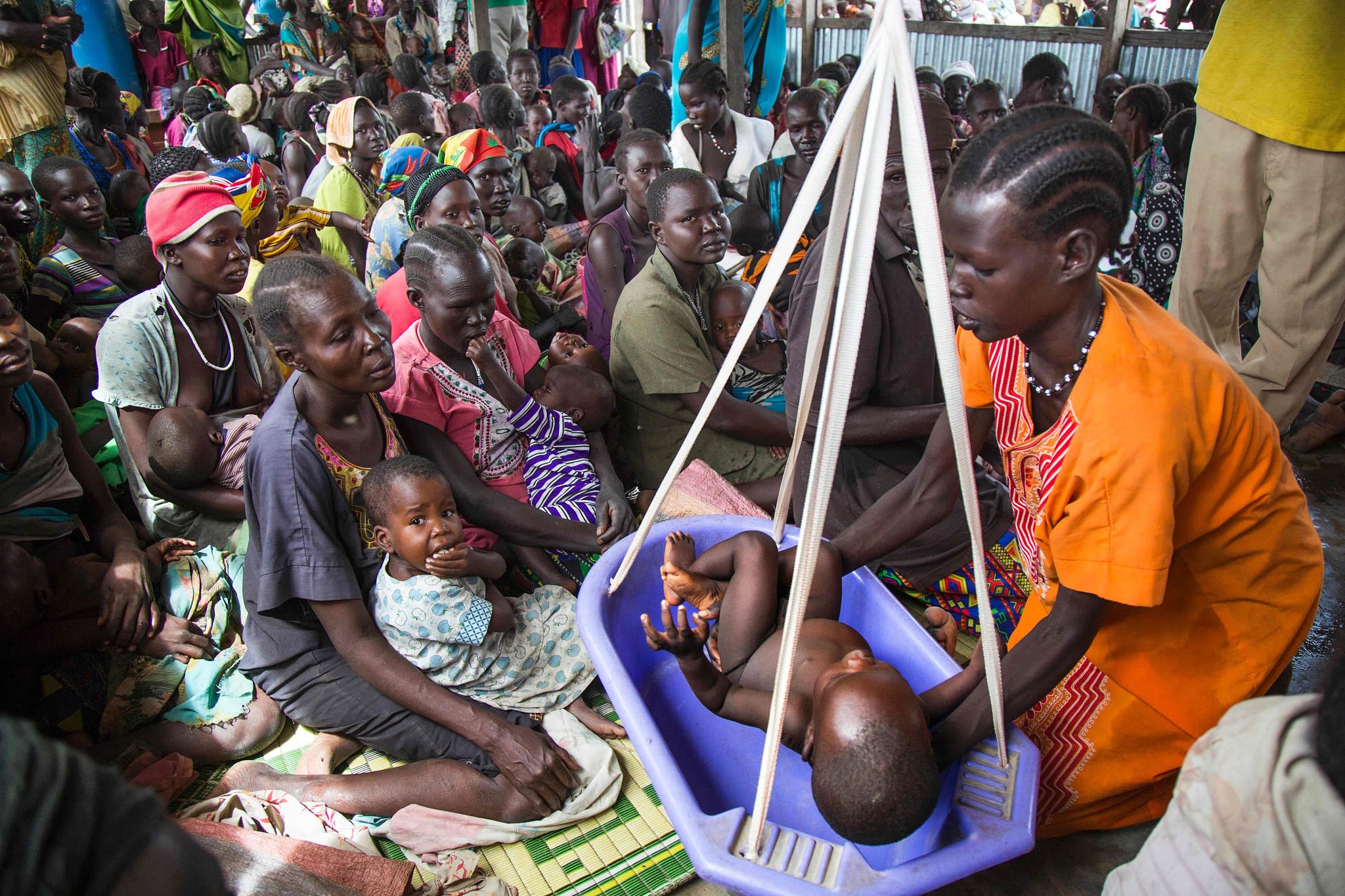
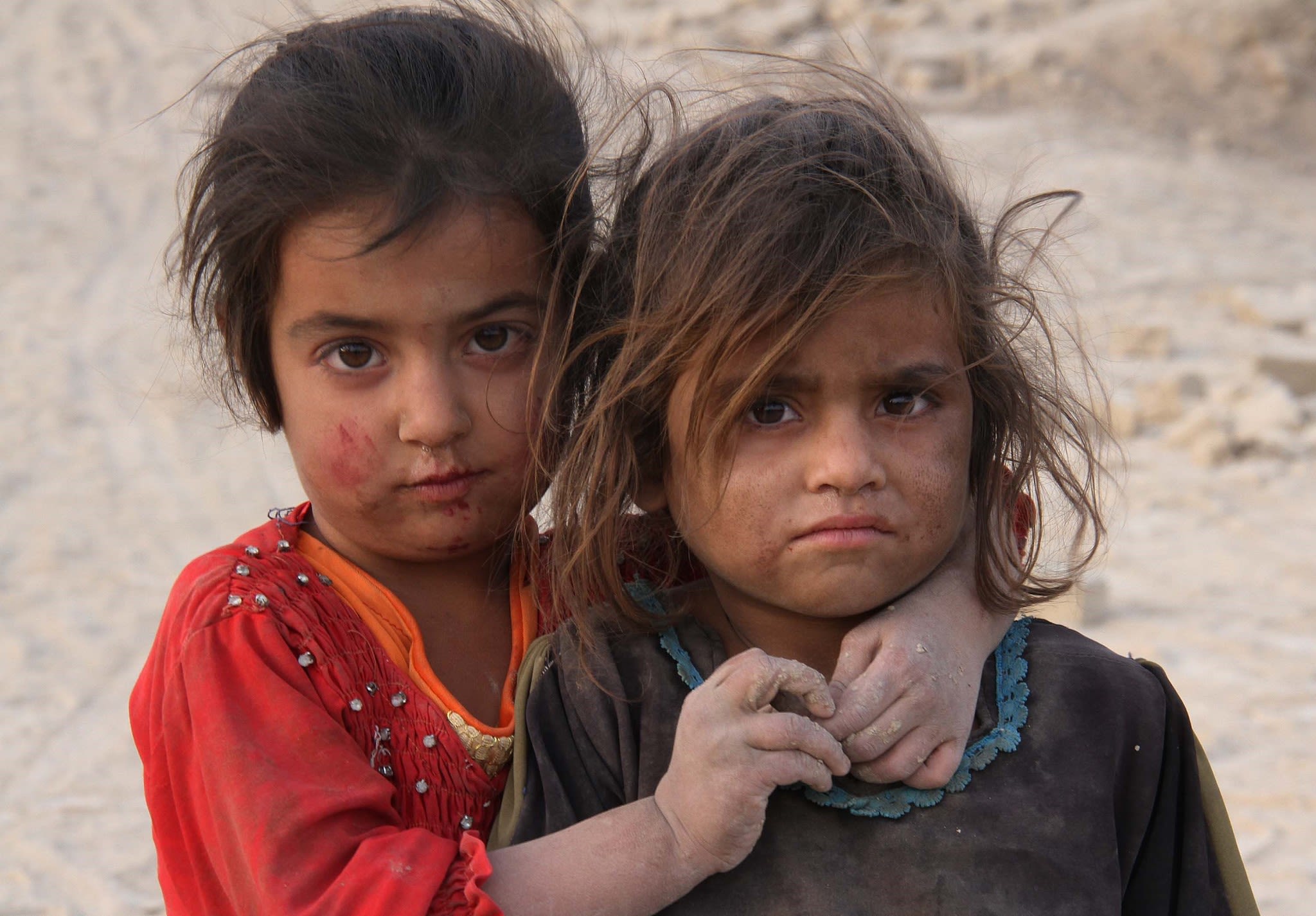
Afghan children working at a brick factory in Kabul. /Haroon Sabawoon/Anadolu Agency/Getty Images
Afghan children working at a brick factory in Kabul. /Haroon Sabawoon/Anadolu Agency/Getty Images
The costs of eradicating poverty can seem high, but the costs of ignoring it can be even higher.
The World Food Program's Cost of Hunger report in 2020 looked at 21 countries across Africa, finding that up to 44 percent of child mortality is associated with undernutrition – and that stunting through malnutrition is responsible for up to 18 percent of all school repetitions, with stunted children spending up to 3.6 years less in school education.
This also has economic consequences for the economy: with child mortality reducing the size African workforces by up to 13.7 percent, and up to two thirds of the working-age population in the studied countries having suffered from stunting as children.
"What really matters is the cost of not doing that program," insists the World Food Programme's Amir Mahmood Abdullah, using the example of free school meals to encourage education. "If we don't provide not only the school meal, but the education for children, you are losing trillions of dollars in potential wealth in the future."
What can be done?
Even as president of Hunger Relief International, Rachel Zelon knows that these problems can't simply be ended by putting food on the table. "The conflict and climate crisis are drivers that can't necessarily be solved by an input of food assistance alone," she says.
Zelon describes stability as a "key" factor – one easily removed by conflict, climate, COVID-19 and indeed corruption.
"Many of the people that we serve are actually smallholder farmers, people who would normally be producing enough themselves to eat and maybe a little bit extra to sell and make a living," she explains.
"But if you cannot stabilize them on the land, if you cannot provide them sustenance to help improve their lives, things don't start to get better. And what we have seen is that in areas where we're able to do that, we are moving people out of hunger, out of poverty and starting to improve."
Besides investment, Zelon craves "buy-in" from local and national governments, to invest in infrastructure – in roads, agriculture, education and healthcare – that will, long-term, go a long way to ending poverty.
As she puts it, "If we can't keep people healthy, if we can't educate them, if we can't give them a pathway forward, then we will never be able to eradicate poverty."
UN Development Programme administrator Achim Steiner holds up China as an example of Zelon's top-down buy-in.
"From very early on, there was a strong commitment to deal with poverty eradication and to address those who were not living in the shiny new big cities, those living in rural areas," he says.
"Leaving no-one behind is something that has been integral to many of China's development policies. China's record in lifting literally hundreds of millions of people out of poverty over just two or three decades is without precedent so far."
Case study: How did China do it?
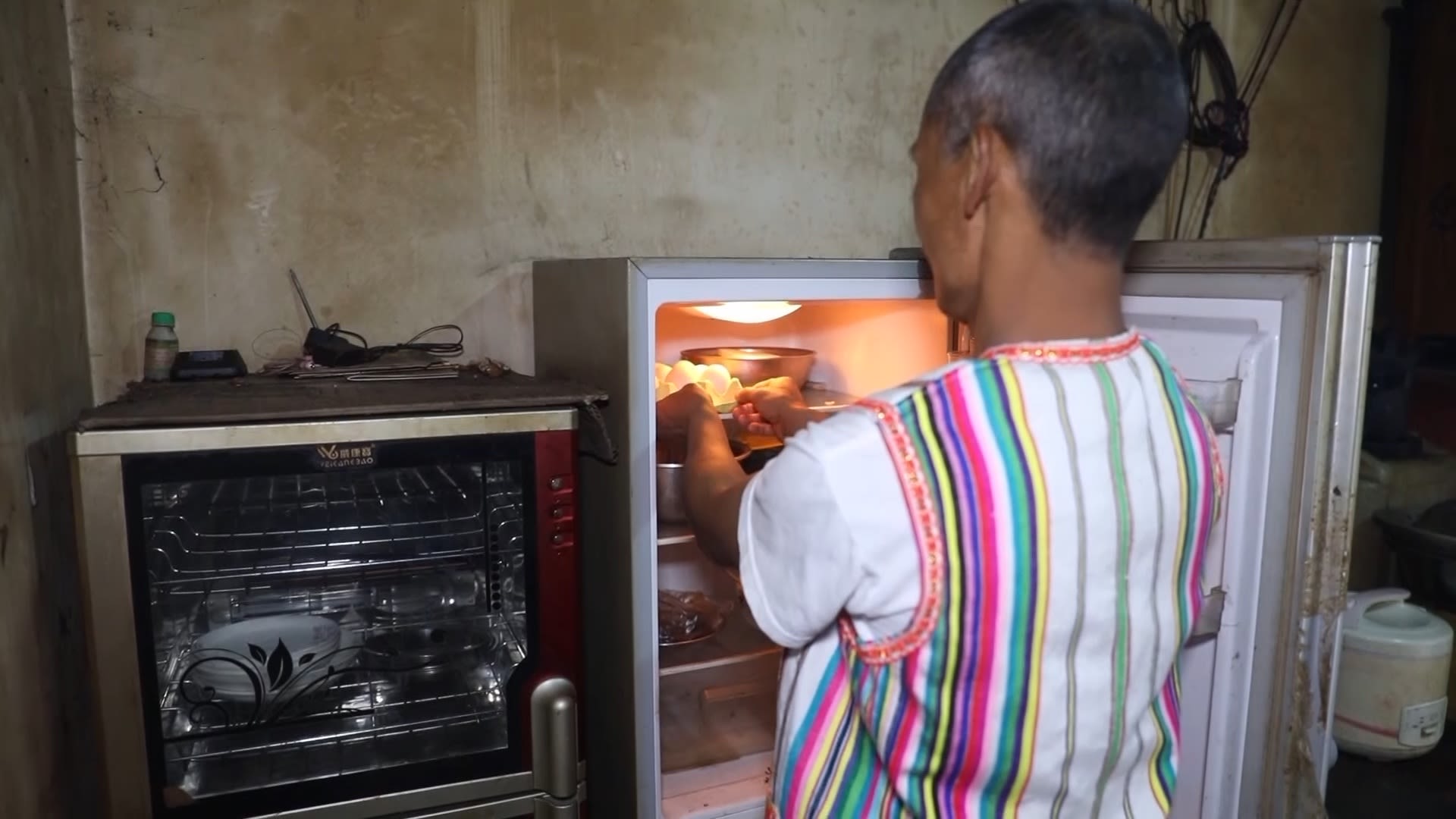
Much of the progress in the past quarter century has been in the East Asia and Pacific region, where China's economic rise has helped lift millions of people out of extreme poverty. Here, the countries and regions went from an average poverty rate of 62 percent in 1990 to less than 3 percent in 2015. According to the World Bank, the number of poor in South Asia also dropped to 216 million people in 2015, compared to half a billion in 1990.
In 2021 China announced that it had eradicated absolute poverty, proving that the cycle of poverty can be broken. For the last few decades China has made a top-down effort to eradicate poverty – and it has been a popular policy.
Much of the gain in wealth was from the unprecedented growth in global trade bringing new wealth to the country. More difficult was the problem of rural poverty. Over the past eight years, China has made a concerted effort to lift its rural poor population out of extreme poverty.
Nujiang Lisu Autonomous Prefecture in southwest China's Yunnan Province used to be one of China's most impoverished areas. But through persistence and determination, the people in the prefecture have come up with new ideas to improve their lot.
Meng Qingsheng has been documenting their journey out of poverty and into moderate prosperity. Since 2016, Meng has been traveling to Yunnan's Nujiang prefecture to report on its progress for CGTN – each time, spending weeks staying with locals, witnessing their struggle to increase family income and shore up their livelihoods.
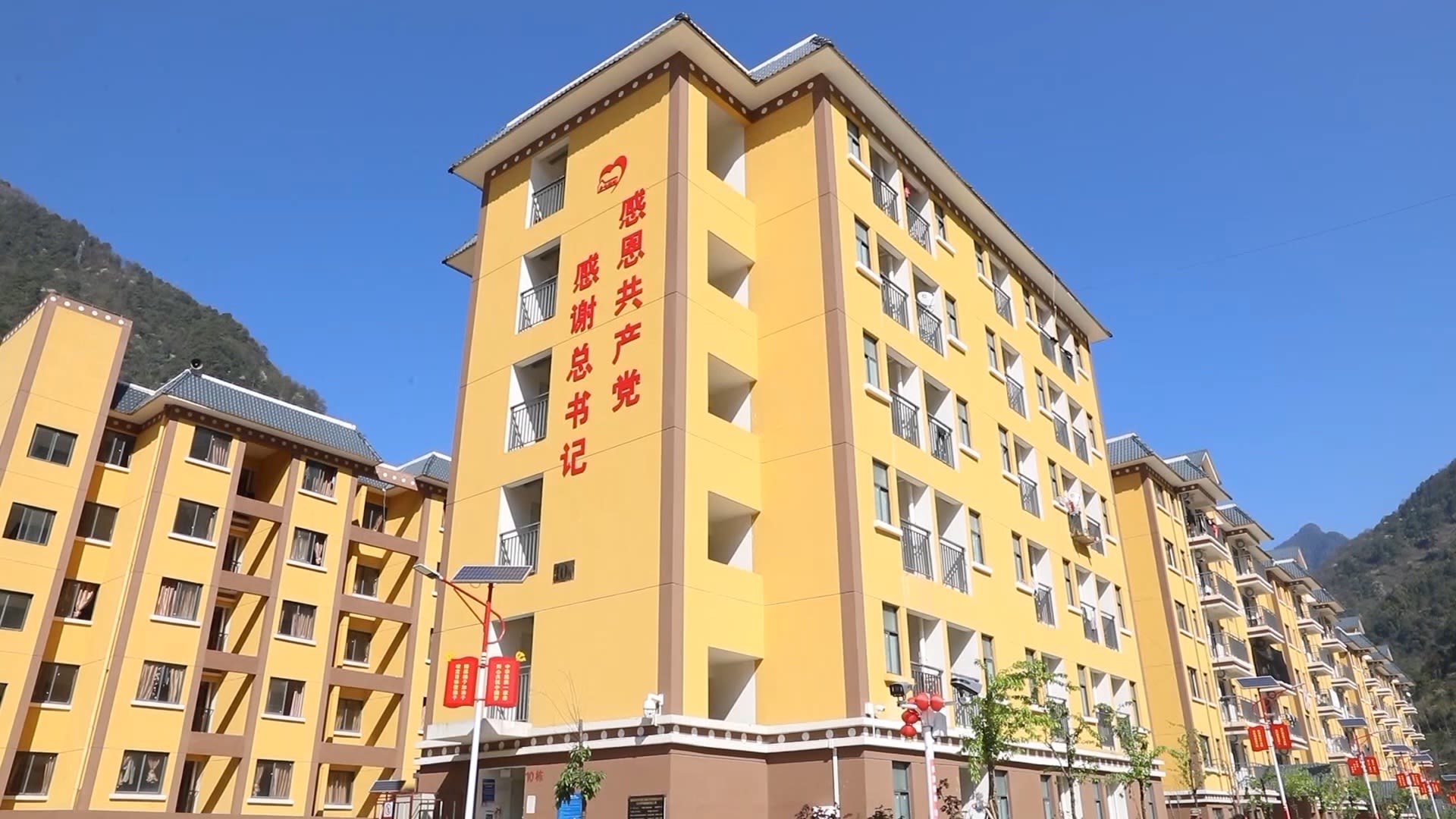
New apartments are being built... /CGTN
New apartments are being built... /CGTN
In November 2020, the prefecture declared a final victory over extreme poverty, a feat that has never happened in the locals' recorded history.
What impressed Meng most among their solutions was a mass relocation program of some 100,000 people. When CGTN visited Ci Asheng in March 2020, his family was about to move into an apartment, provided for free to those living below the poverty line, equipped with modern appliances and basic furniture.
"We used to live in a shabby house on the mountains," said Ci. "But things have improved a lot in this new place. We like the whole design, and we like our new home."
To help locals with job opportunities, communities offer training programs, like cooking, bamboo weaving and motorbike repairs. The baseball-manufacturing workshop supplies a global market.
"We earn about $6 a day, $150 a month," says Yu Liying. "For me, this income is a bit low, but it's acceptable for the elders and mothers who have children to take care of."
For education, the residents pool resources to close the gap between rural and urban schools. Wang Haocheng is one of the volunteers sent by the Renmin University of China in Beijing to teach at Lanping Minzu Middle School. It's part of the university's long-term program to help locals combat poverty.
"By working as a volunteer in this impoverished county of Yunnan, I can help the students open their eyes," says Wang.
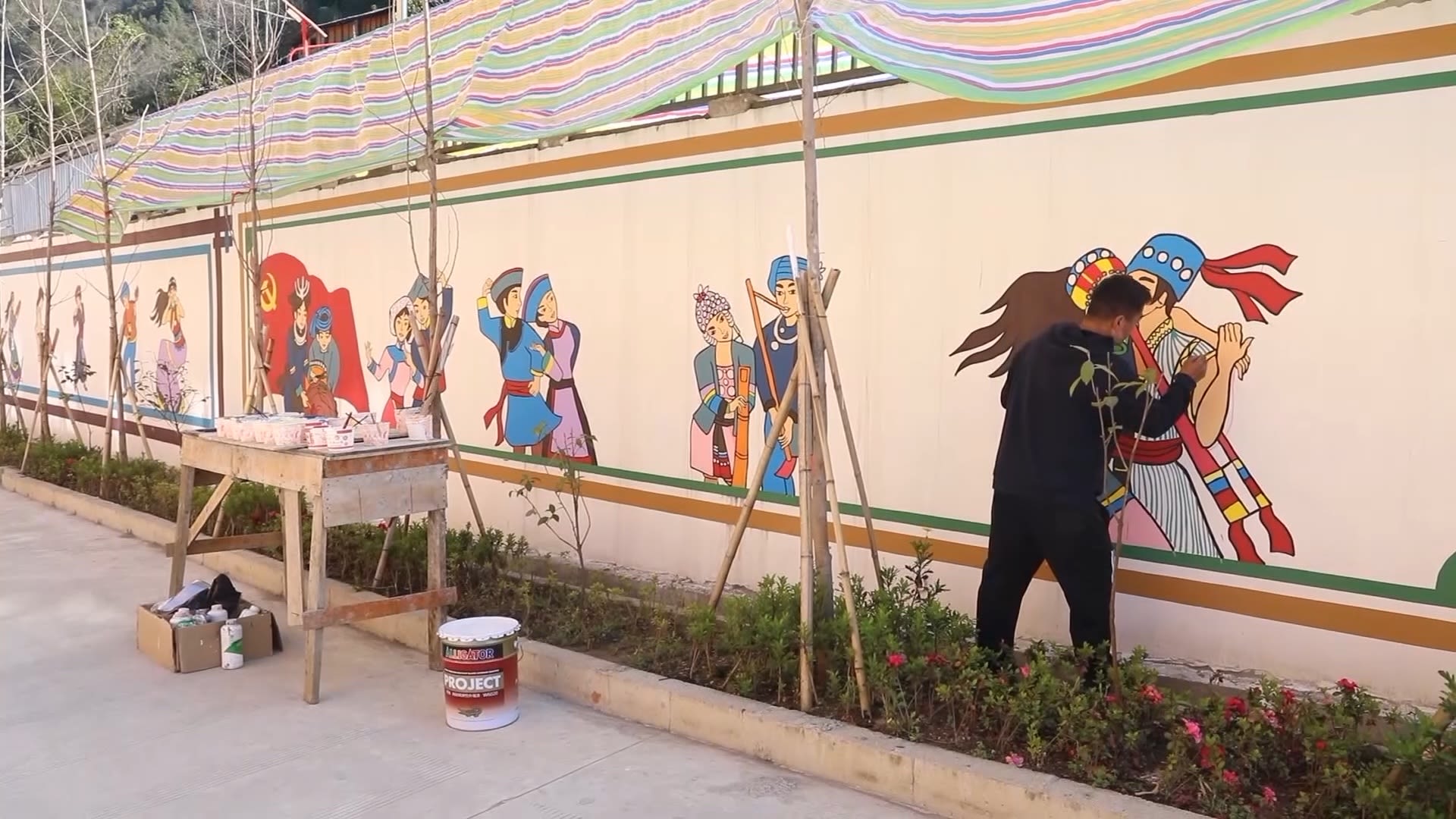
...and shared areas beautified. /CGTN
...and shared areas beautified. /CGTN
In August 2016, CGTN traveled to Dulongjiang, where the Derung people live, to meet Meng Xinwen in his newly-built kitchen, equipped with electrical appliances but retaining a traditional fireplace.
"There have been many changes. With the government's support, I was able to build a new kitchen and a new bathroom," said Meng. "I've bought machines to help remove the grass on my cao guo fields. With the newly renovated road, it's much easier to travel around."
At that point, Meng Xinwen's family was below the poverty line. Planting two hectares of cao guo, or red cardamom, was their main livelihood, making around $300 a year.
But as production levels rose, so did the family's earnings – and along with government allowance and subsidies, their annual income has risen to $1600 per person.
The story of the Nujiang prefecture is an upbeat one that could inspire many others – both in China and beyond – to win the battle against poverty.
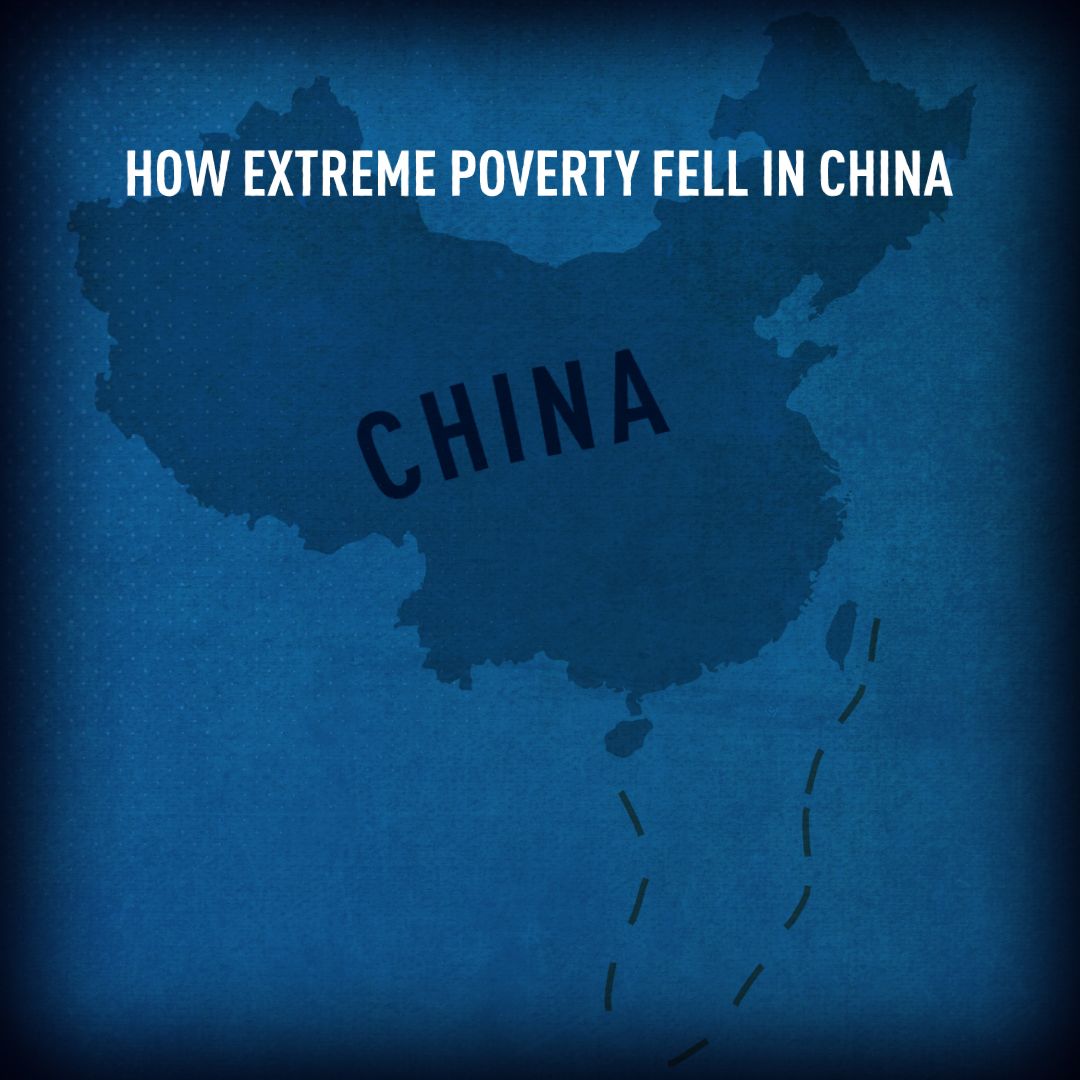
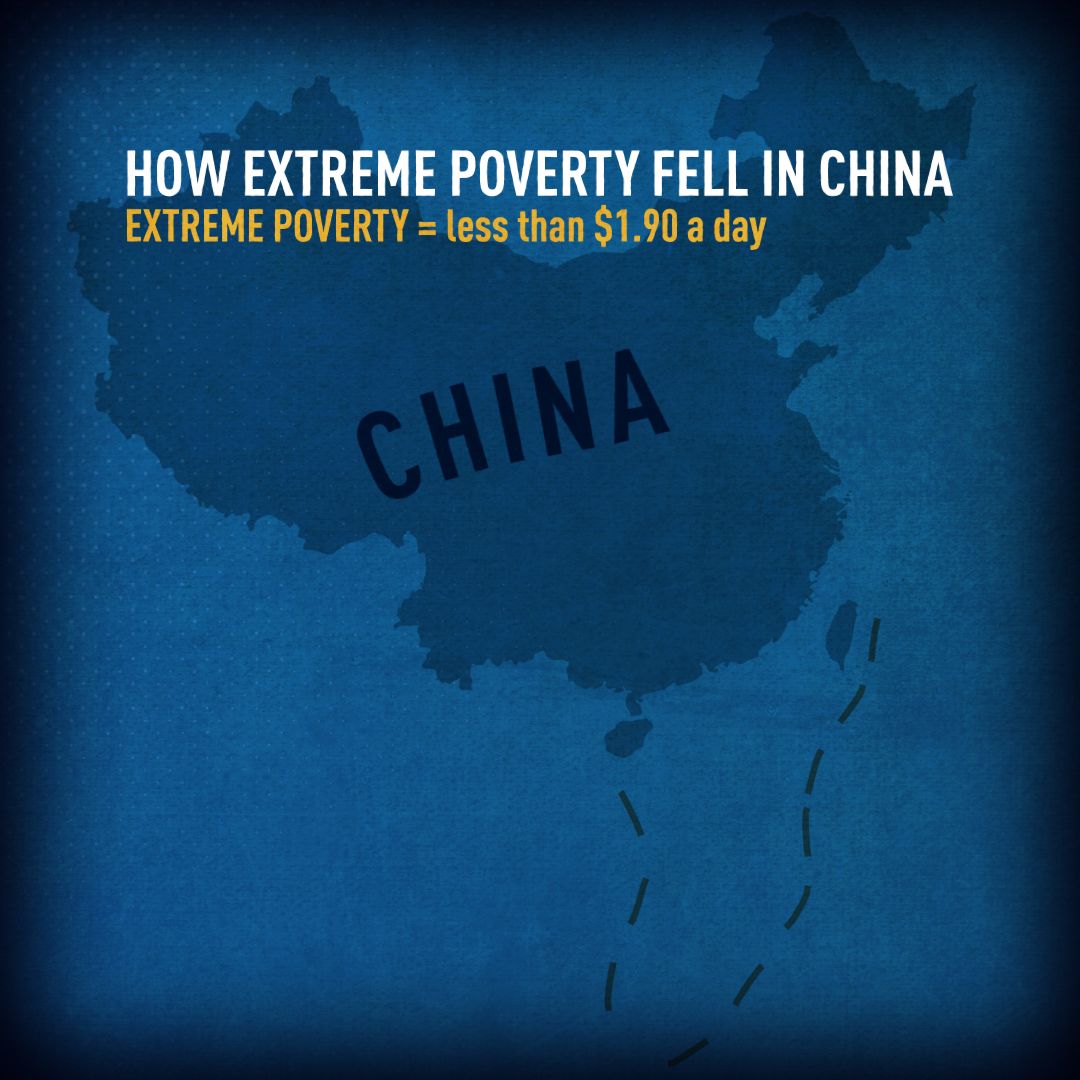
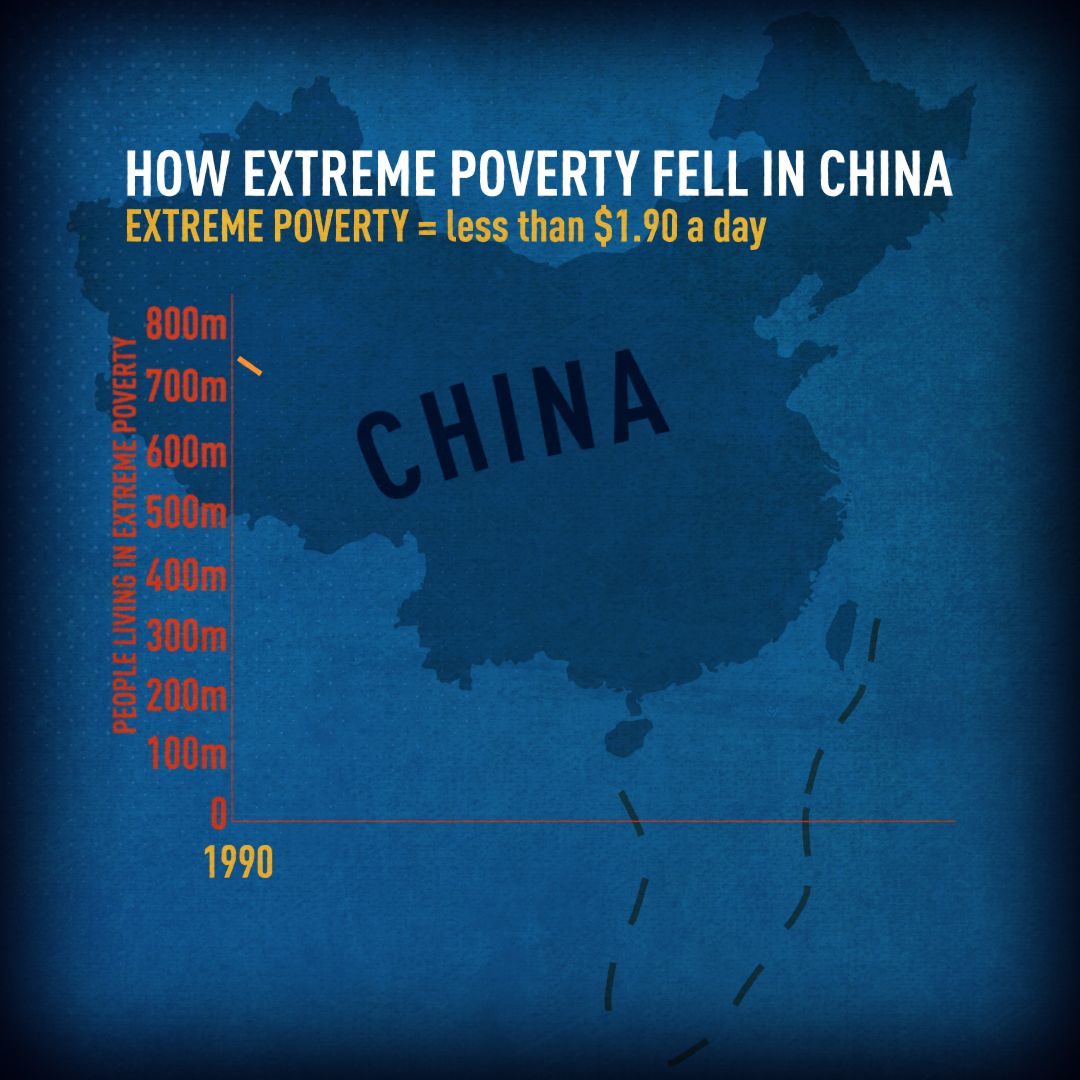
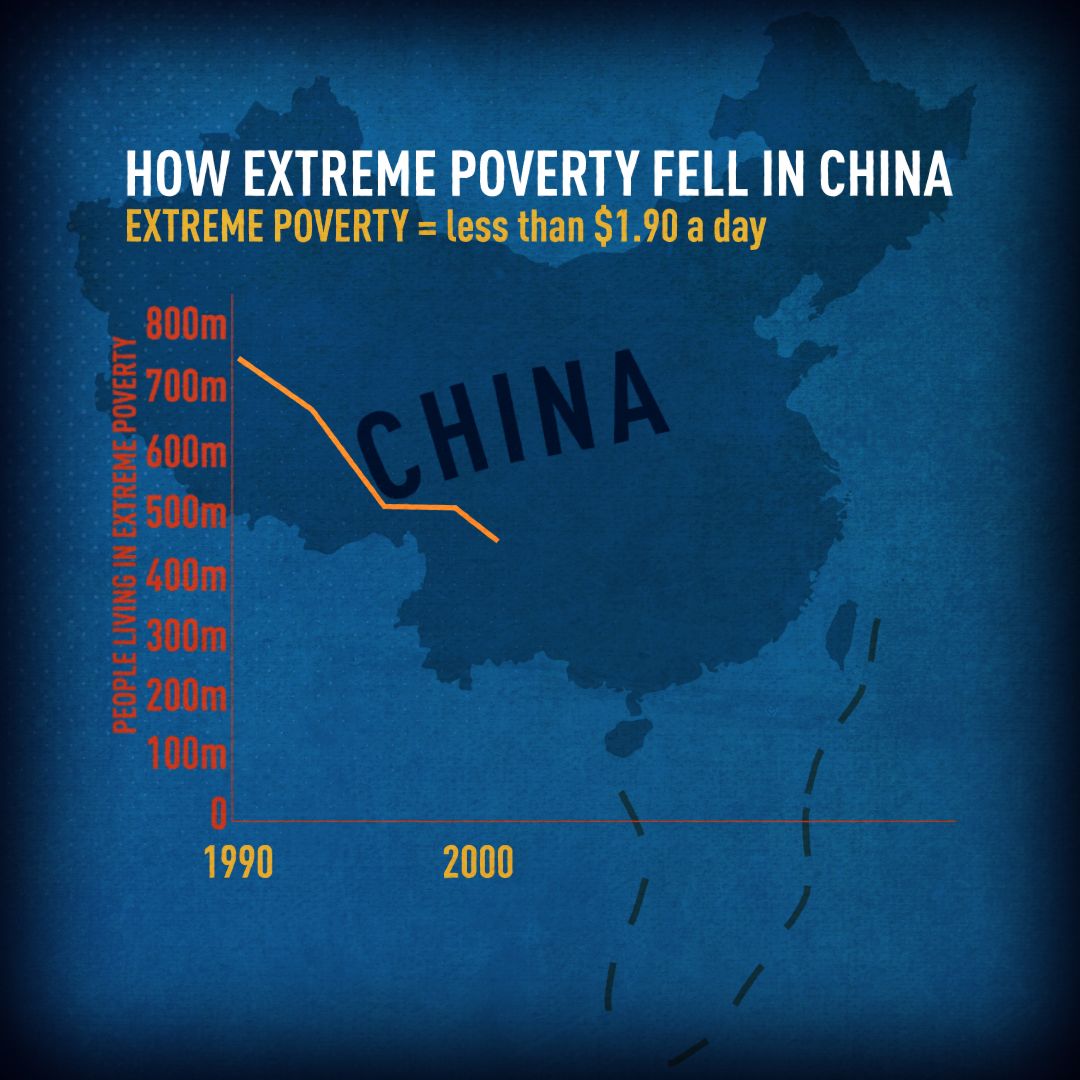
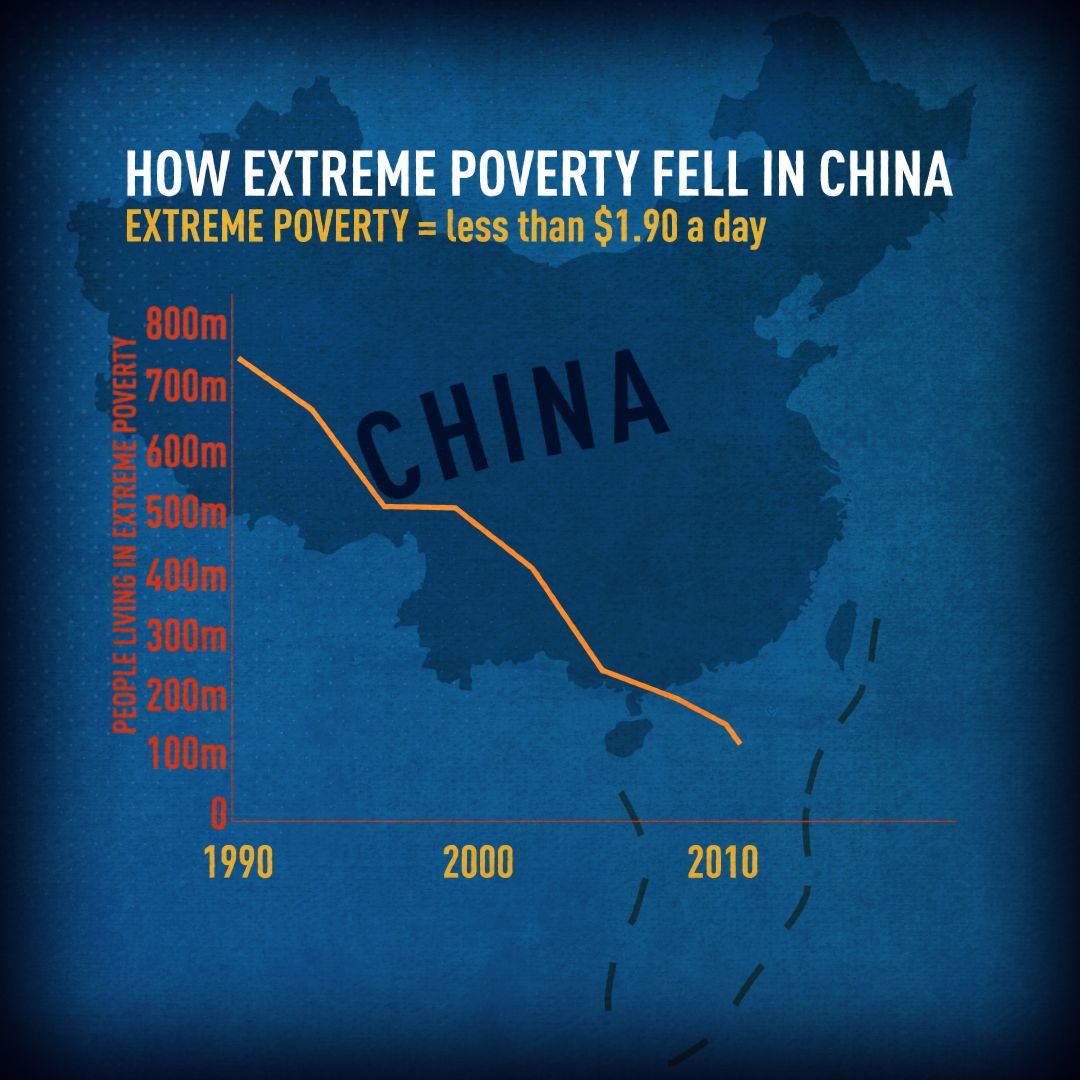
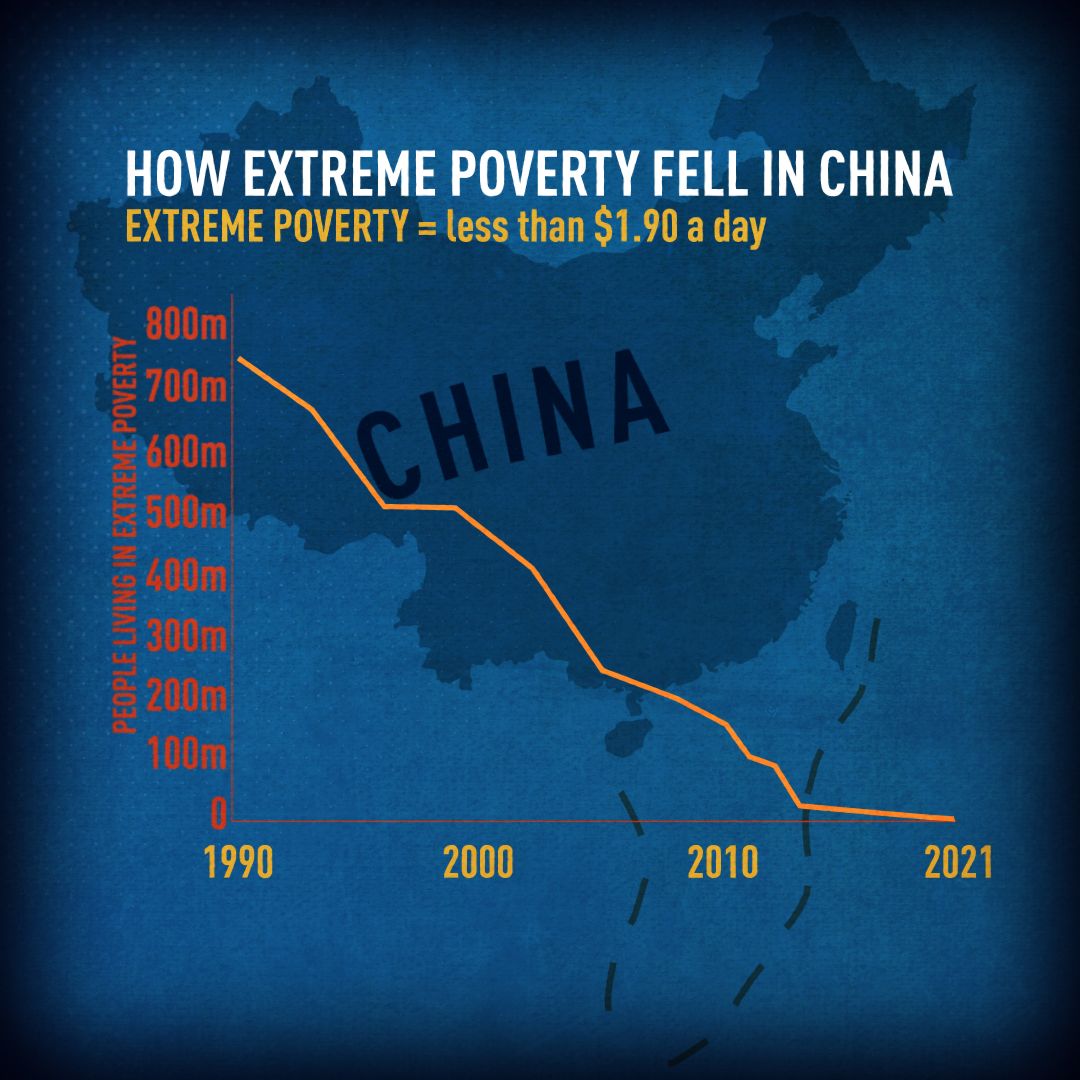
Much of the progress in the past quarter century has been in the East Asia and Pacific region, where China's economic rise has helped lift millions of people out of extreme poverty. Here, the countries and regions went from an average poverty rate of 62 percent in 1990 to less than 3 percent in 2015. According to the World Bank, the number of poor in South Asia also dropped to 216 million people in 2015, compared to half a billion in 1990.
In 2021 China announced that it had eradicated absolute poverty, proving that the cycle of poverty can be broken. For the last few decades China has made a top-down effort to eradicate poverty – and it has been a popular policy.
Much of the gain in wealth was from the unprecedented growth in global trade bringing new wealth to the country. More difficult was the problem of rural poverty. Over the past eight years, China has made a concerted effort to lift its rural poor population out of extreme poverty.
Nujiang Lisu Autonomous Prefecture in southwest China's Yunnan Province used to be one of China's most impoverished areas. But through persistence and determination, the people in the prefecture have come up with new ideas to improve their lot.
Meng Qingsheng has been documenting their journey out of poverty and into moderate prosperity. Since 2016, Meng has been traveling to Yunnan's Nujiang prefecture to report on its progress for CGTN – each time, spending weeks staying with locals, witnessing their struggle to increase family income and shore up their livelihoods.

New apartments are being built... /CGTN
New apartments are being built... /CGTN
In November 2020, the prefecture declared a final victory over extreme poverty, a feat that has never happened in the locals' recorded history.
What impressed Meng most among their solutions was a mass relocation program of some 100,000 people. When CGTN visited Ci Asheng in March 2020, his family was about to move into an apartment, provided for free to those living below the poverty line, equipped with modern appliances and basic furniture.
"We used to live in a shabby house on the mountains," said Ci. "But things have improved a lot in this new place. We like the whole design, and we like our new home."
To help locals with job opportunities, communities offer training programs, like cooking, bamboo weaving and motorbike repairs. The baseball-manufacturing workshop supplies a global market.
"We earn about $6 a day, $150 a month," says Yu Liying. "For me, this income is a bit low, but it's acceptable for the elders and mothers who have children to take care of."
For education, the residents pool resources to close the gap between rural and urban schools. Wang Haocheng is one of the volunteers sent by the Renmin University of China in Beijing to teach at Lanping Minzu Middle School. It's part of the university's long-term program to help locals combat poverty.
"By working as a volunteer in this impoverished county of Yunnan, I can help the students open their eyes," says Wang.

...and shared areas beautified. /CGTN
...and shared areas beautified. /CGTN
In August 2016, CGTN traveled to Dulongjiang, where the Derung people live, to meet Meng Xinwen in his newly-built kitchen, equipped with electrical appliances but retaining a traditional fireplace.
"There have been many changes. With the government's support, I was able to build a new kitchen and a new bathroom," said Meng. "I've bought machines to help remove the grass on my cao guo fields. With the newly renovated road, it's much easier to travel around."
At that point, Meng Xinwen's family was below the poverty line. Planting two hectares of cao guo, or red cardamom, was their main livelihood, making around $300 a year.
But as production levels rose, so did the family's earnings – and along with government allowance and subsidies, their annual income has risen to $1600 per person.
The story of the Nujiang prefecture is an upbeat one that could inspire many others – both in China and beyond – to win the battle against poverty.
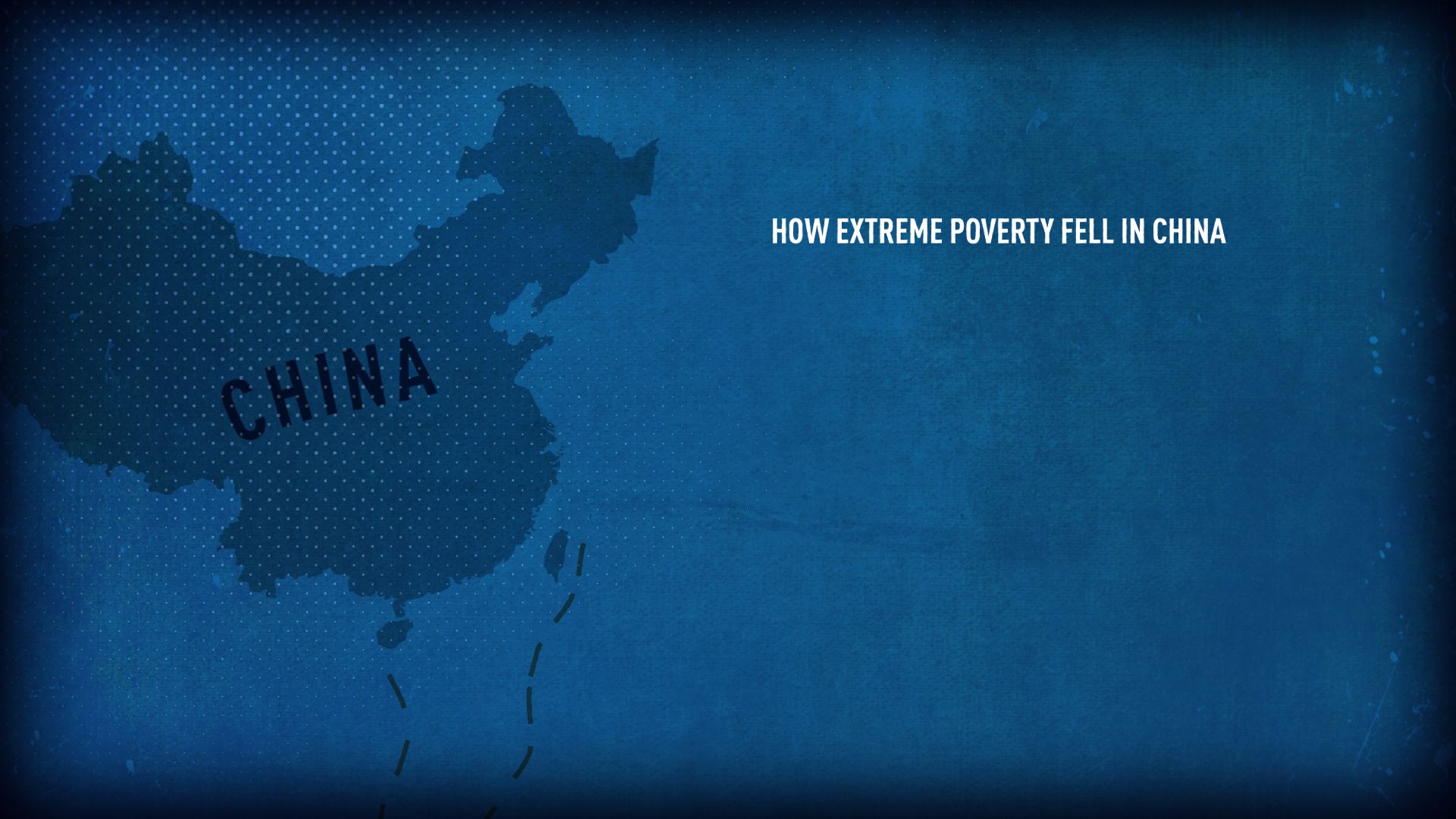
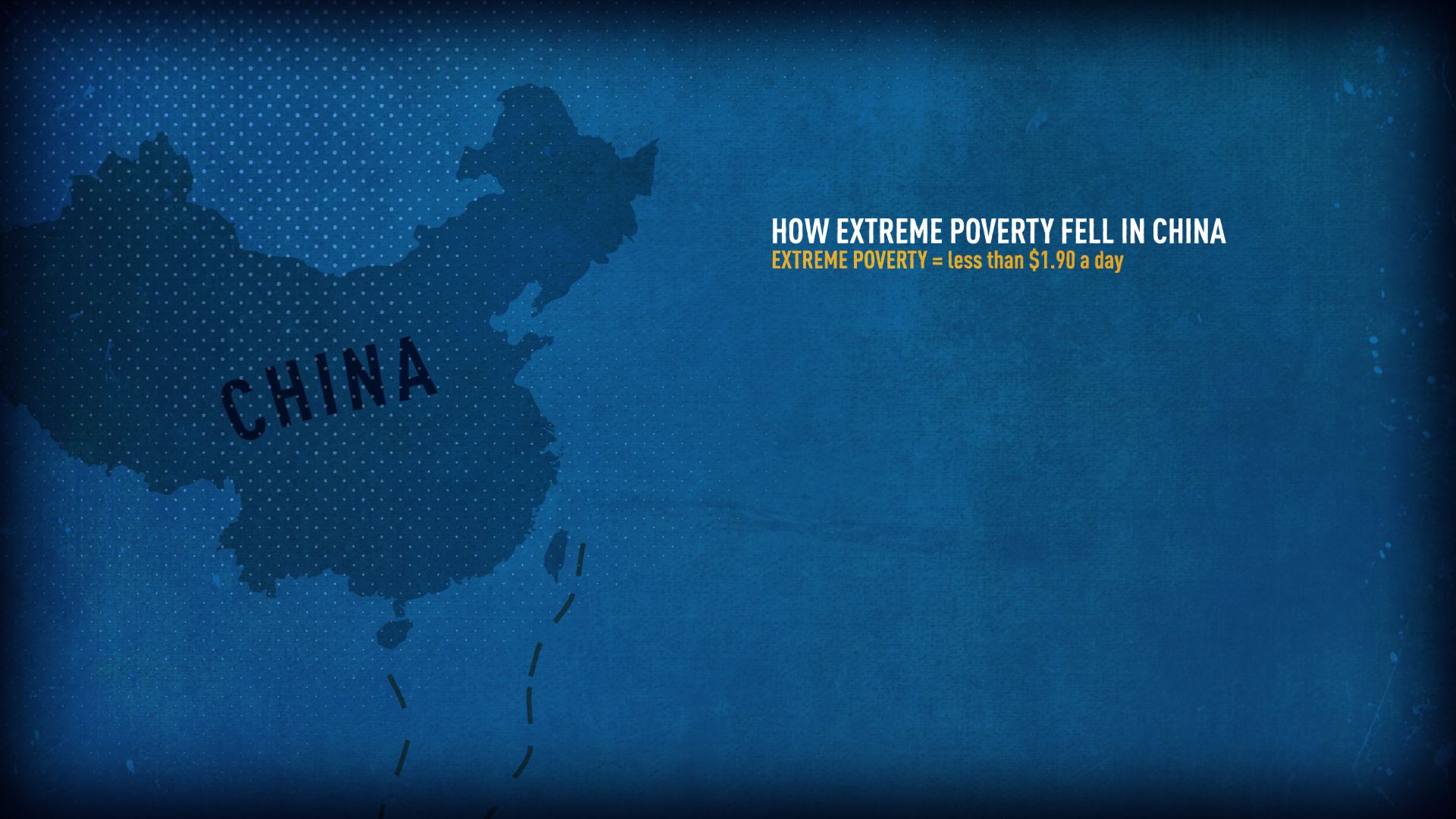
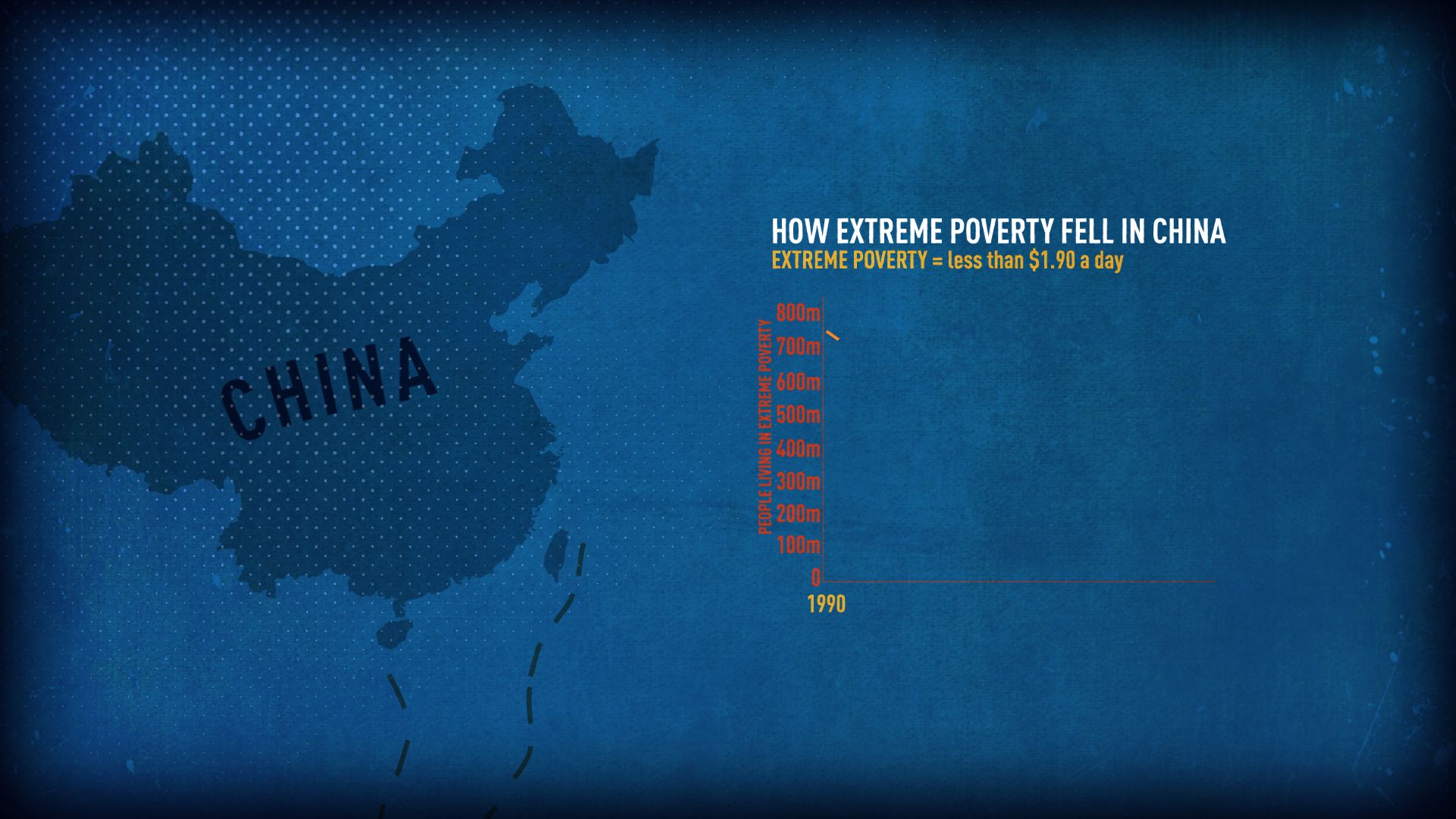
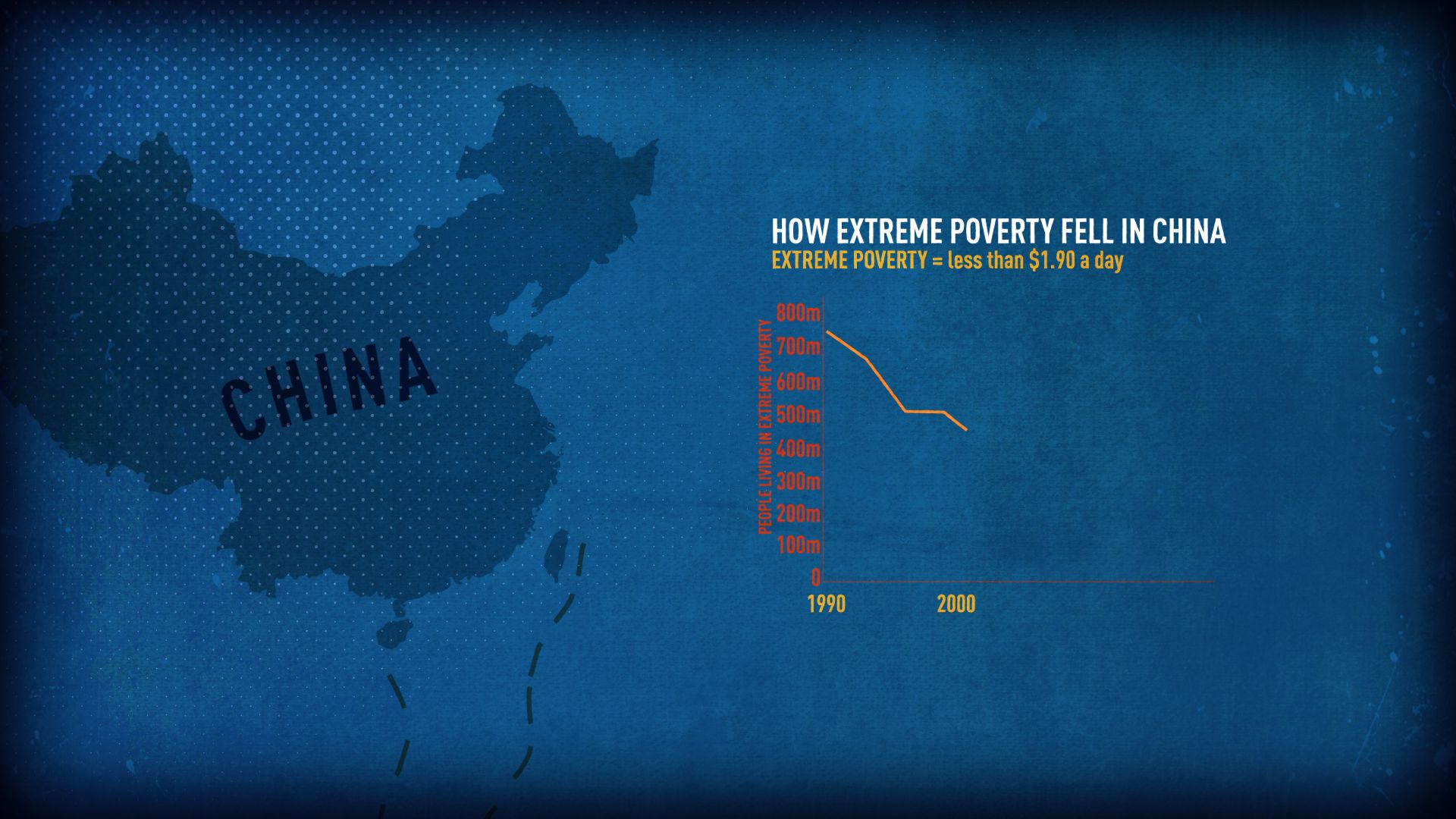
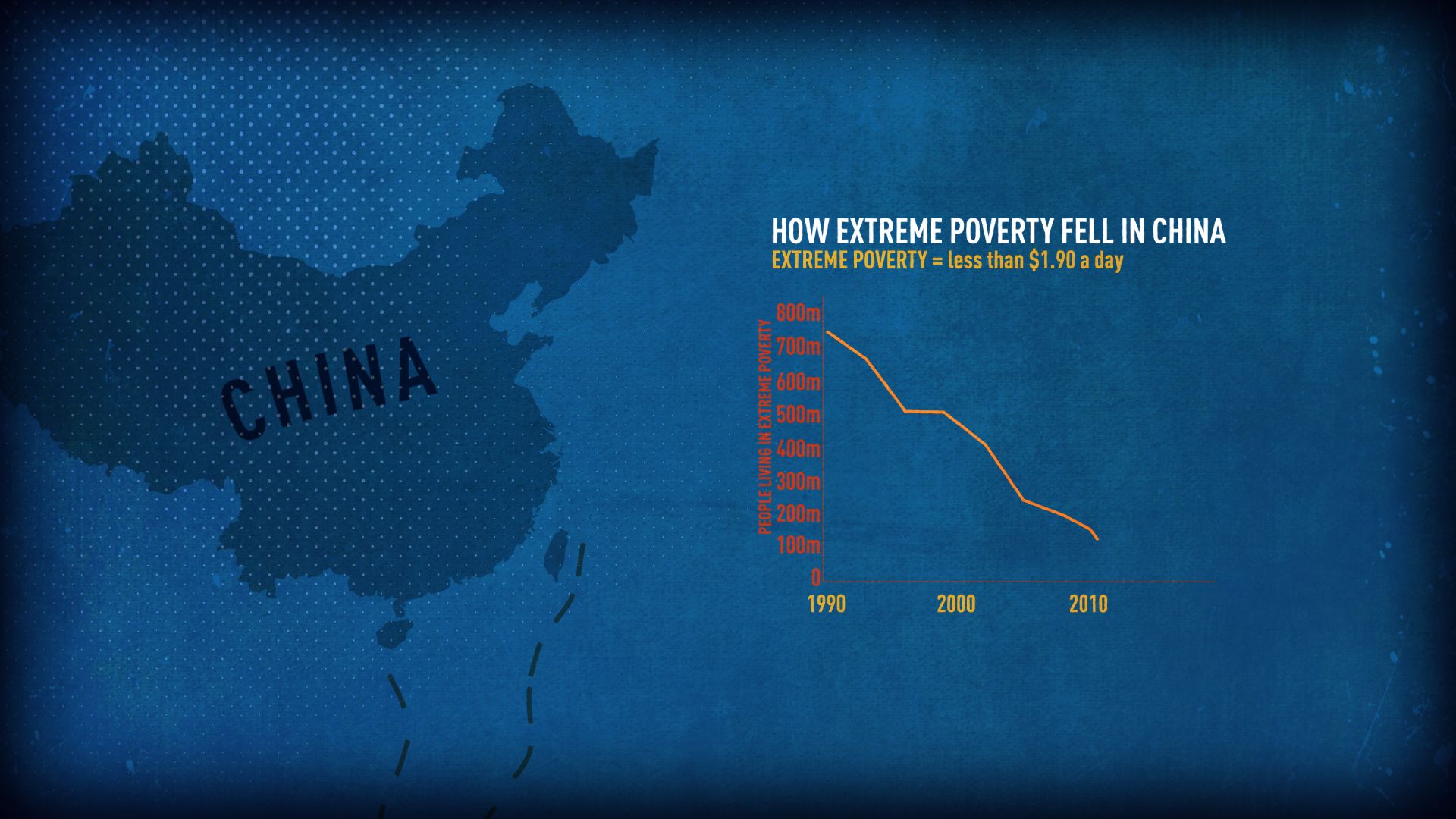
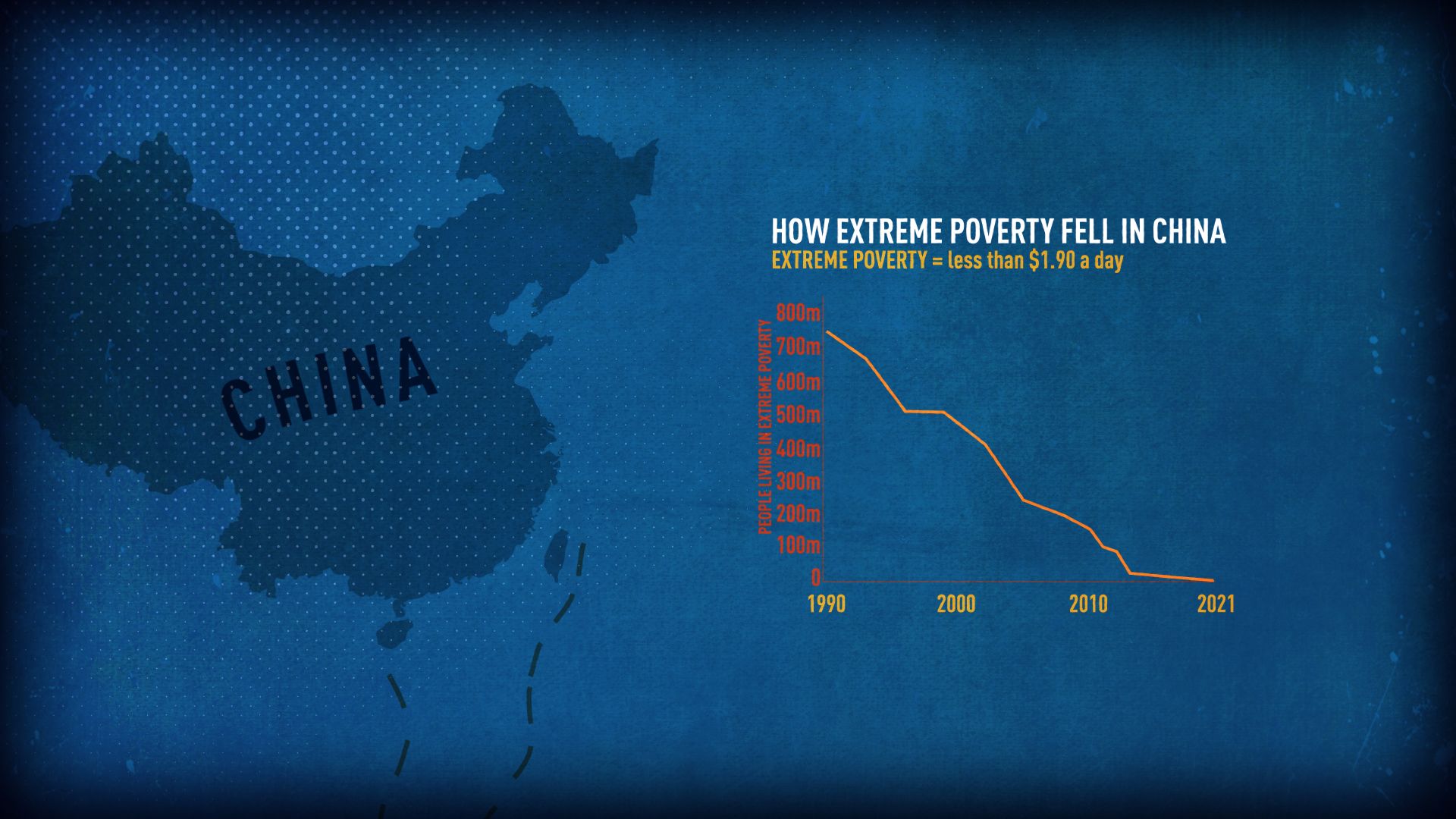
Credits
Words Elizabeth Mearns, Gary Parkinson
Graphics and animation James Sandifer
Video editing Natalia Luz
Nujiang package Meng Qingsheng


